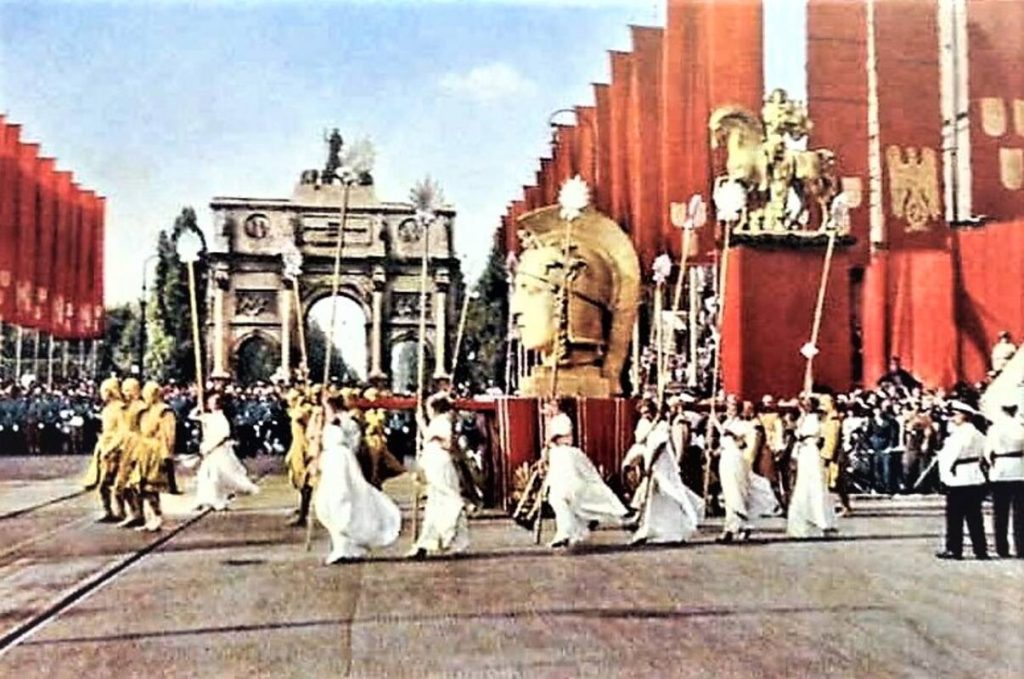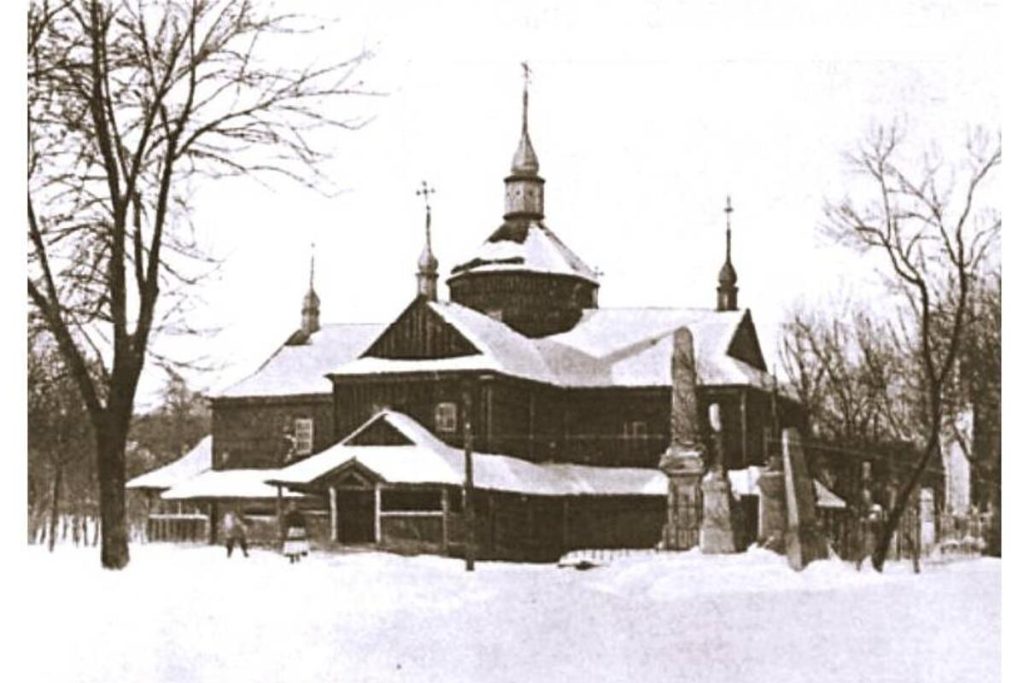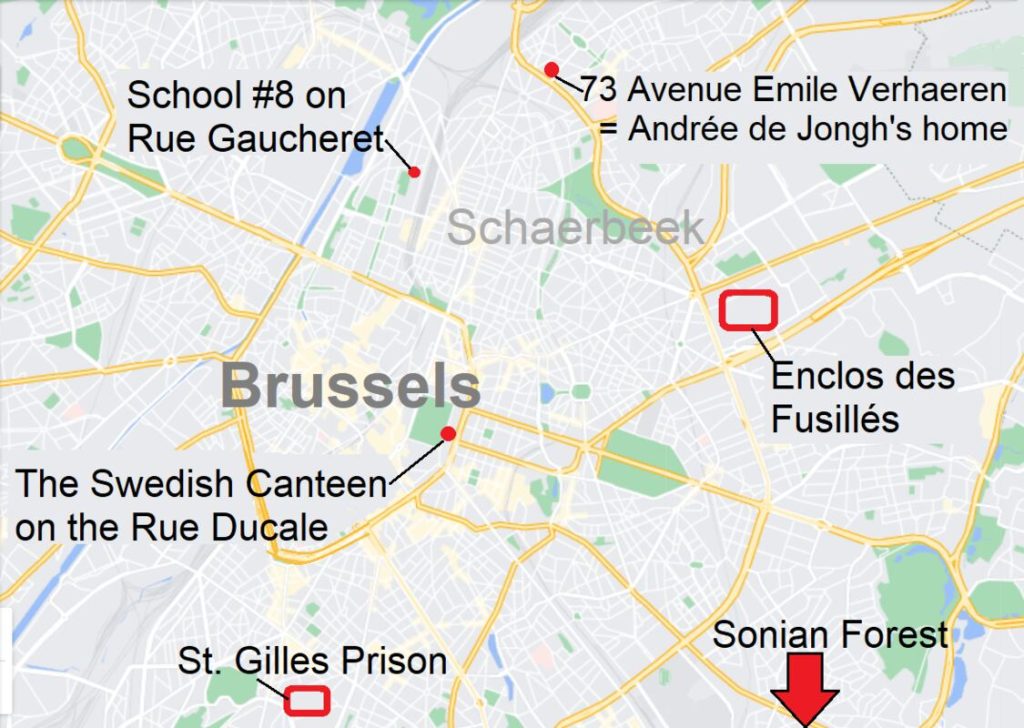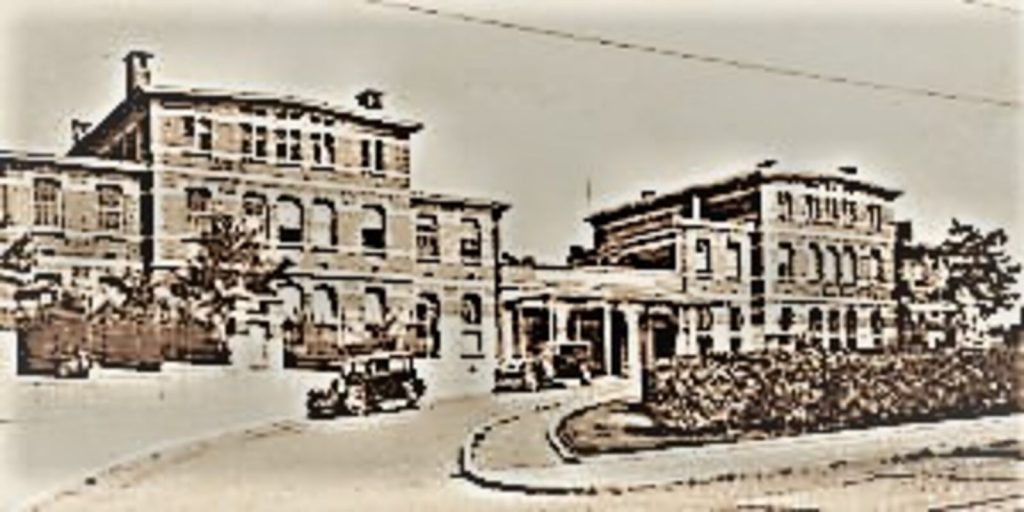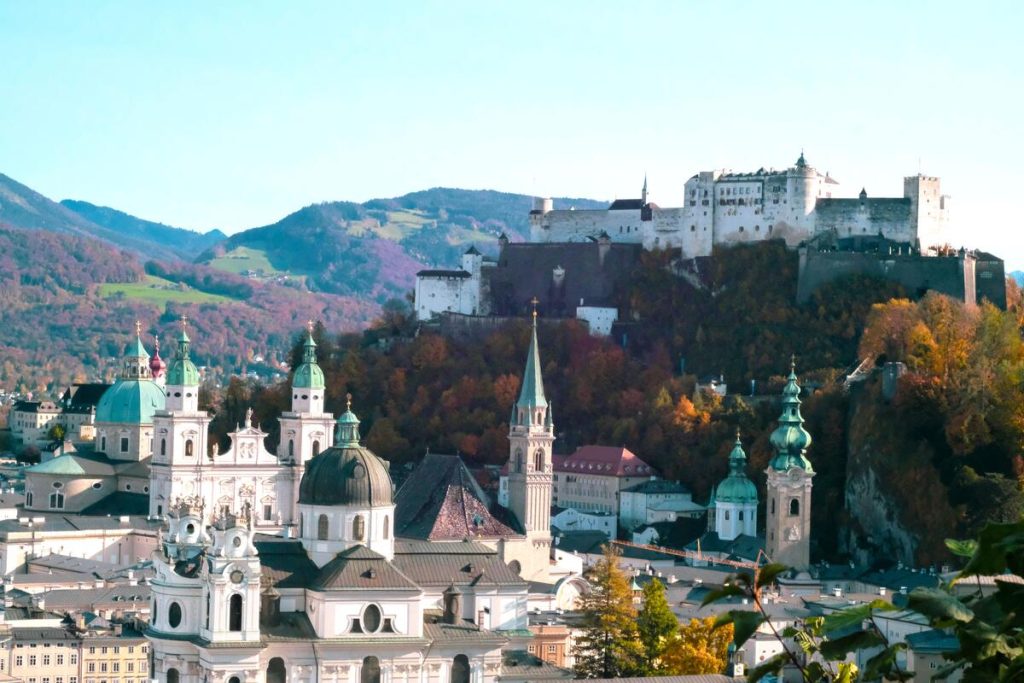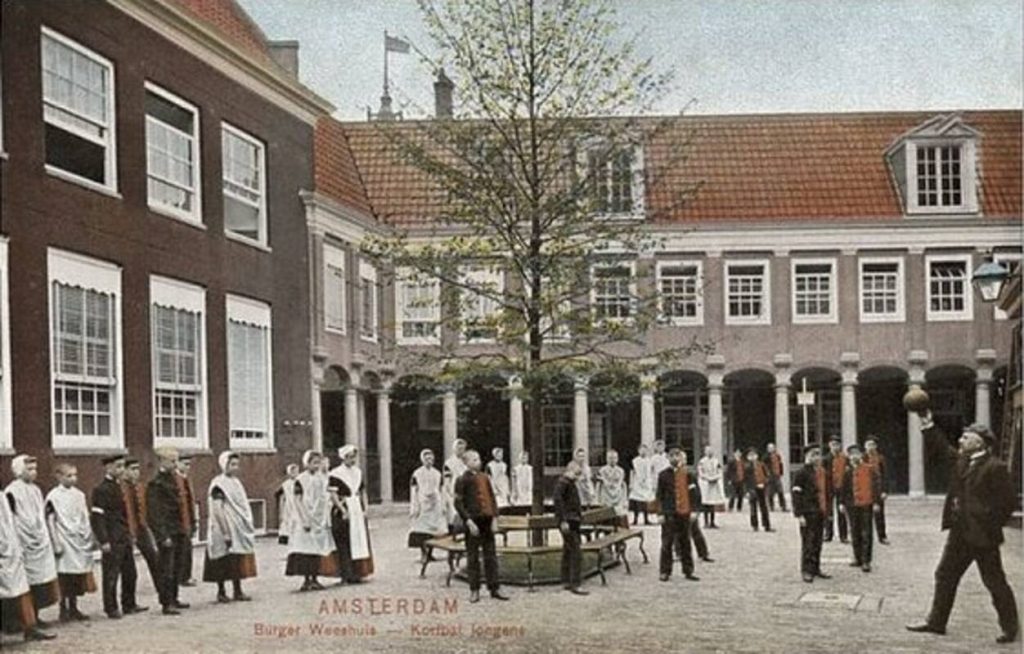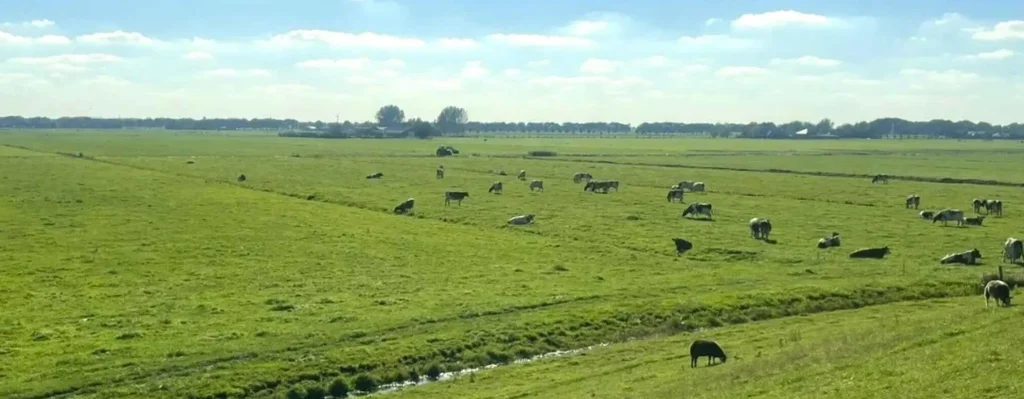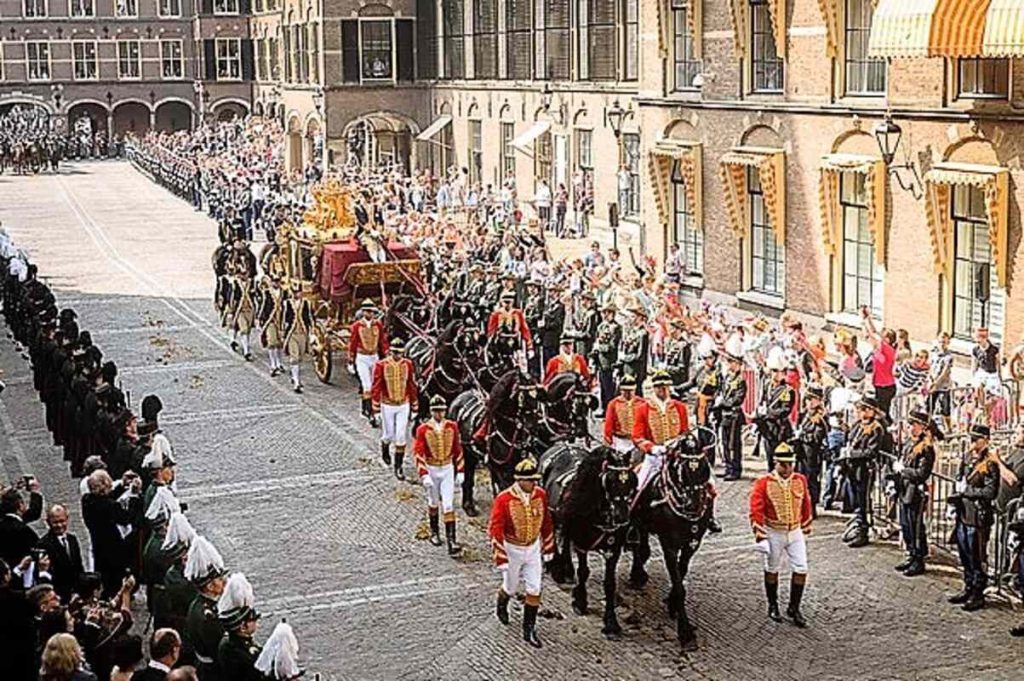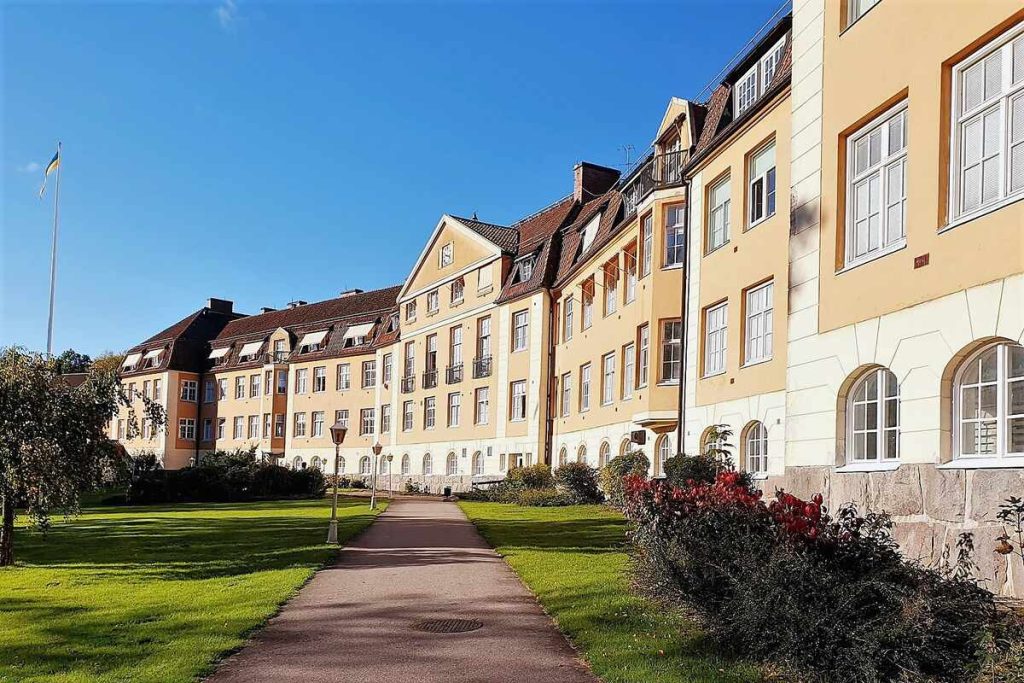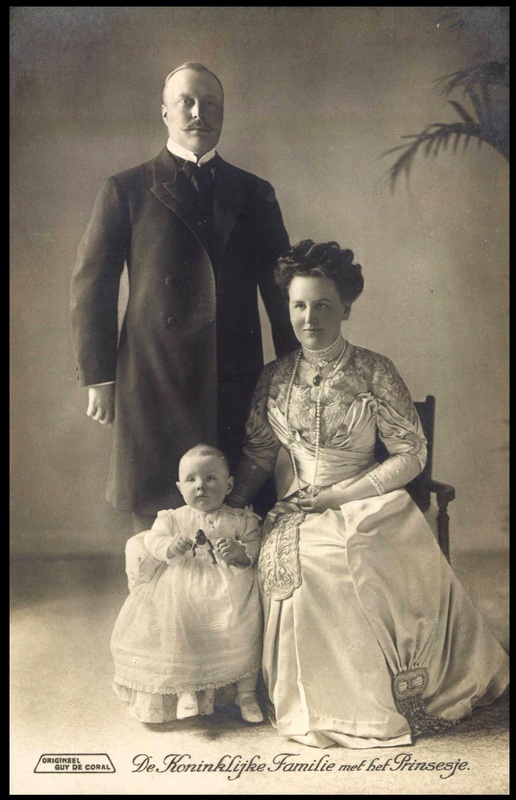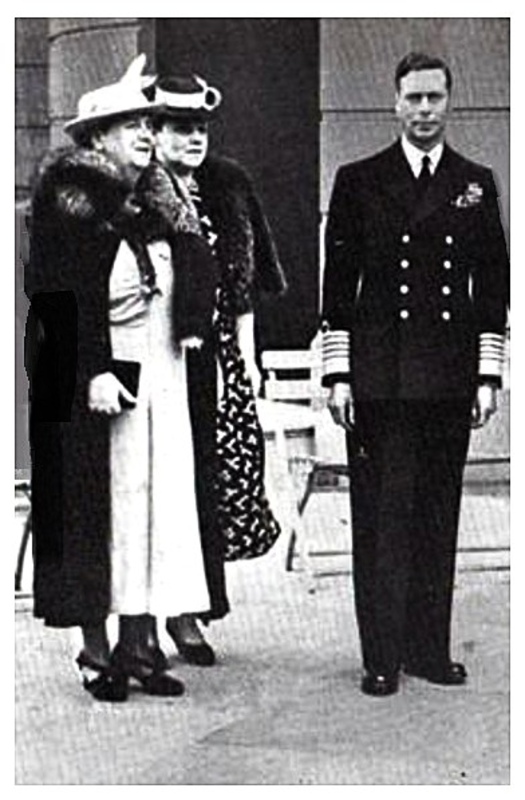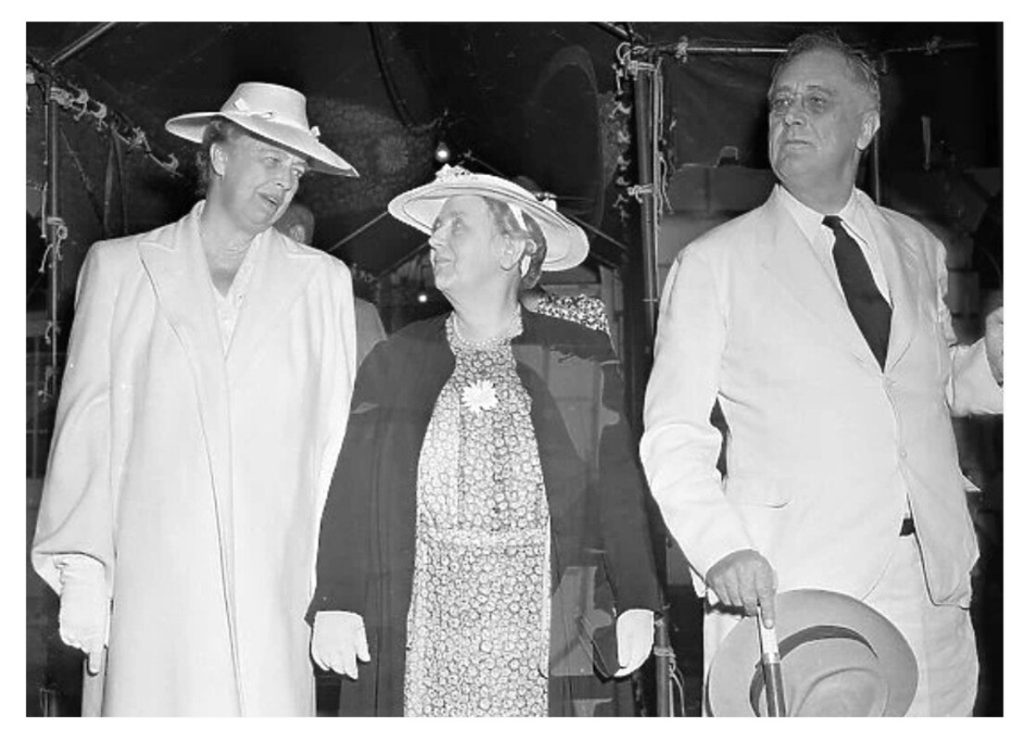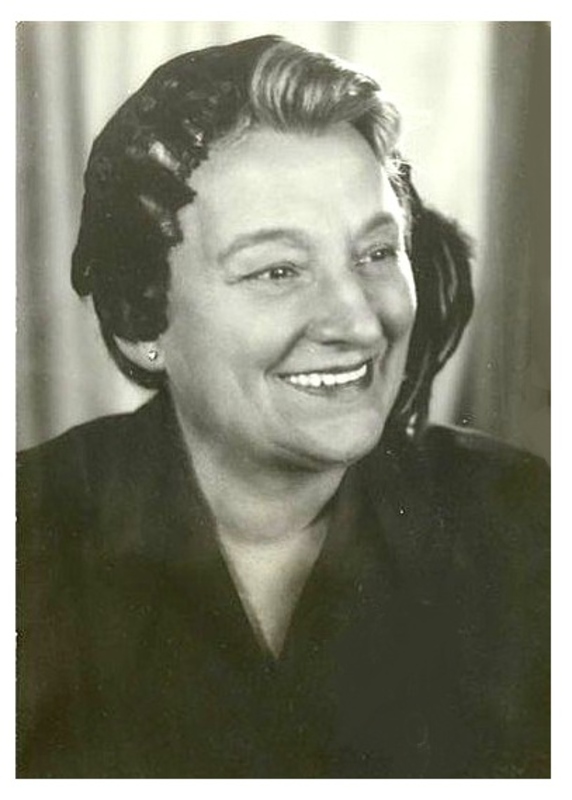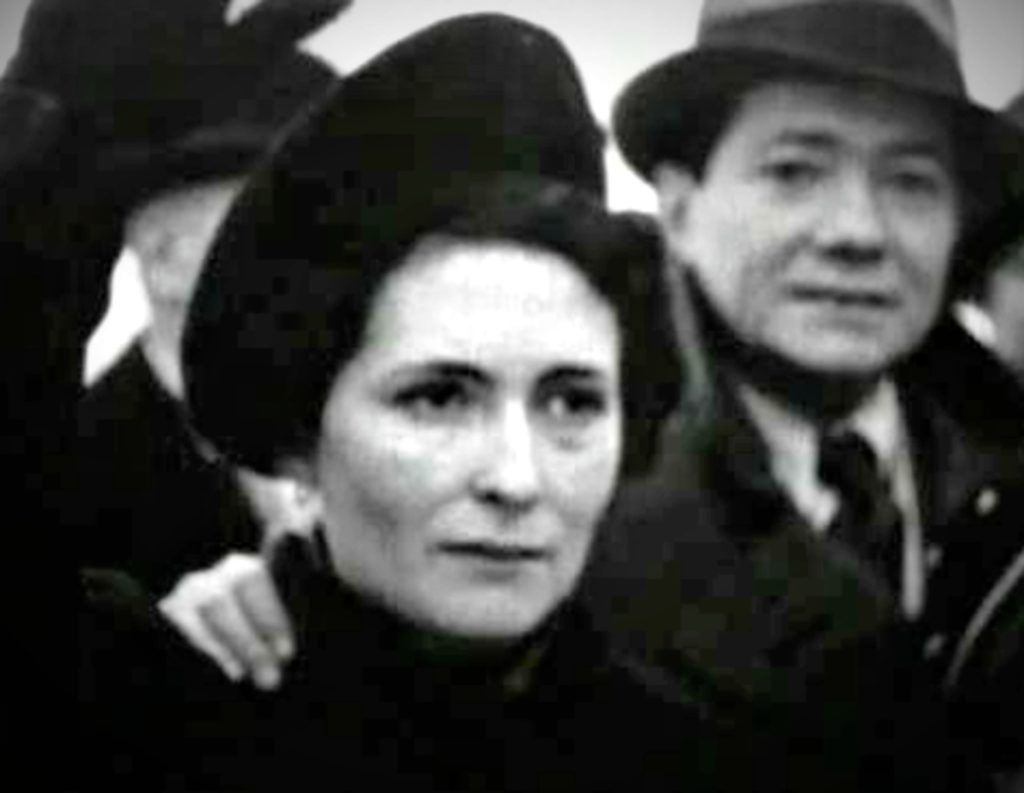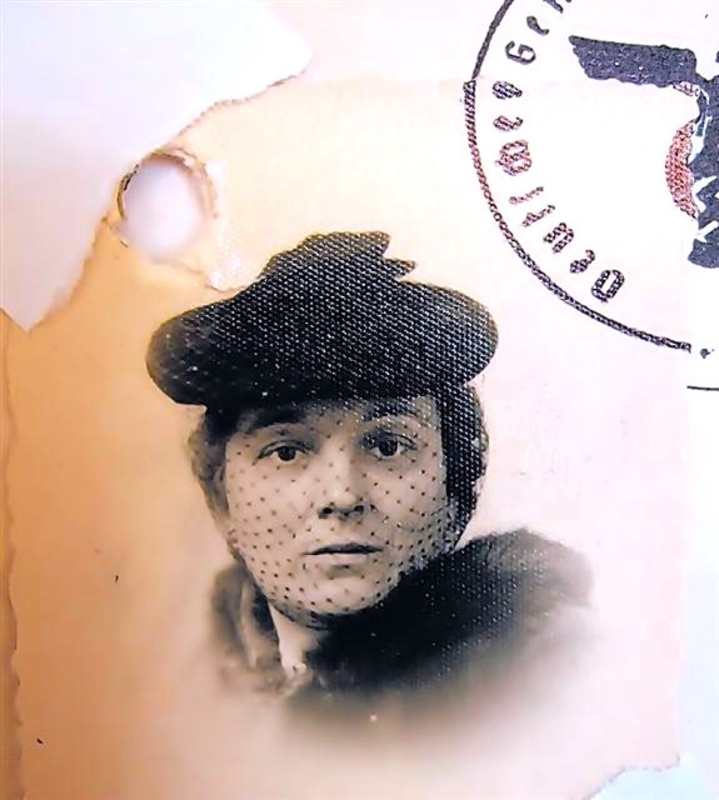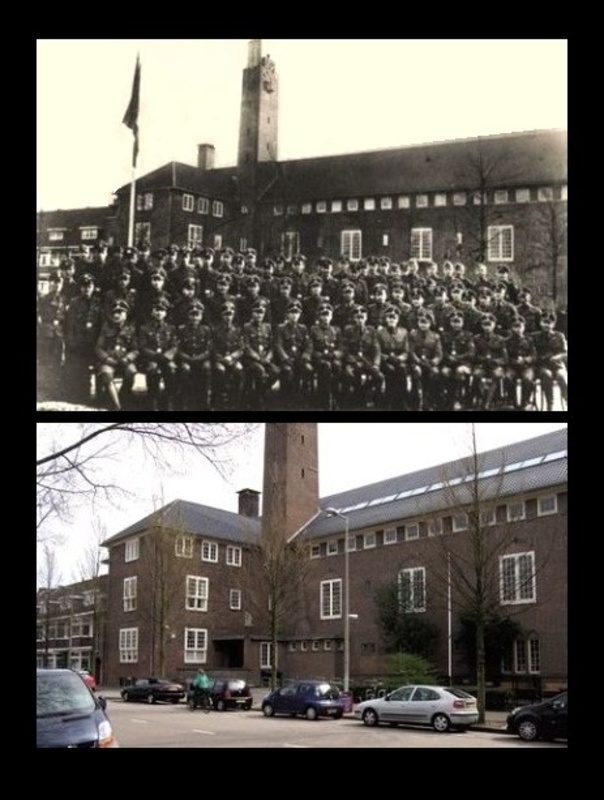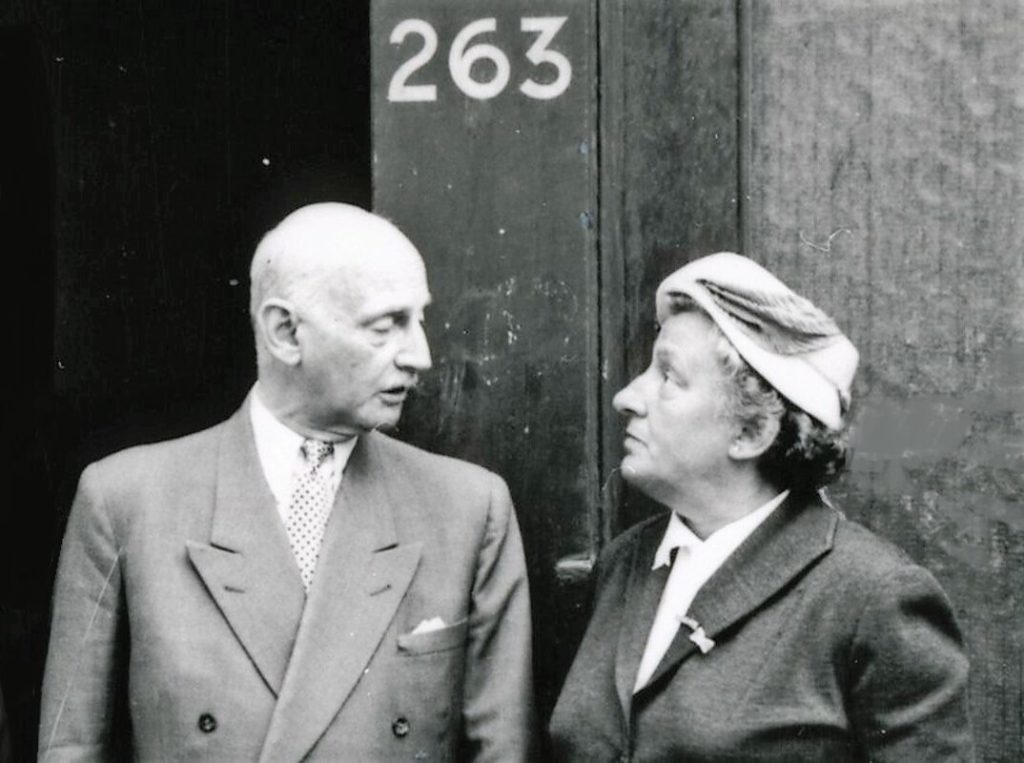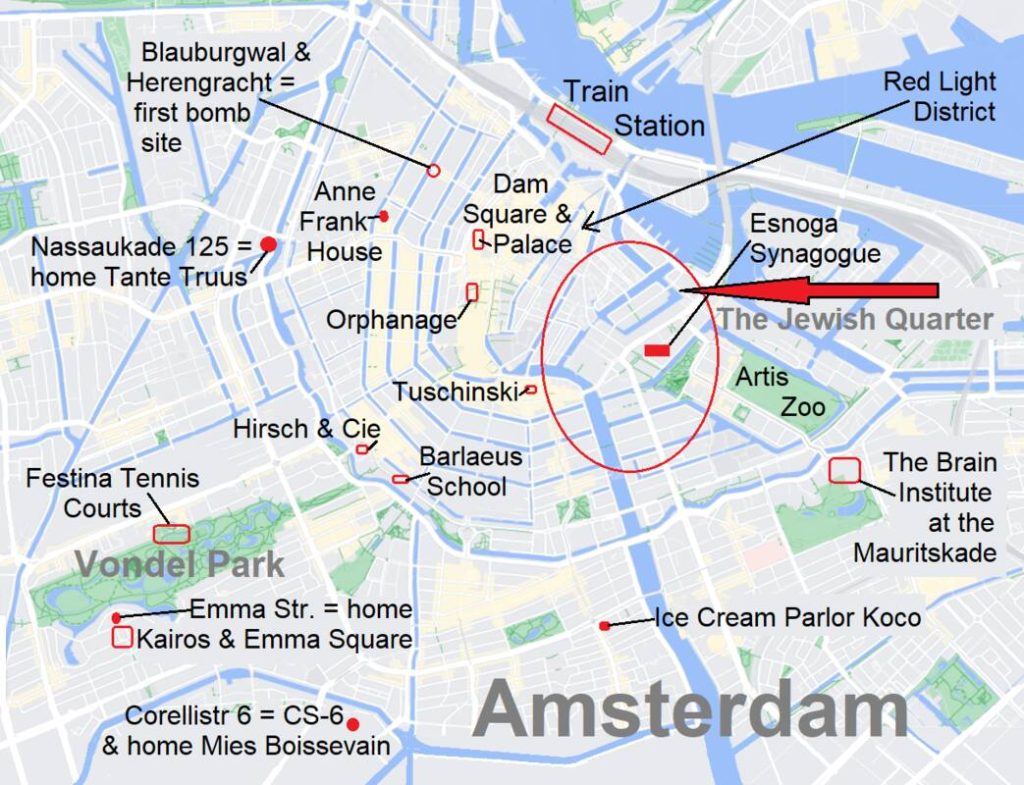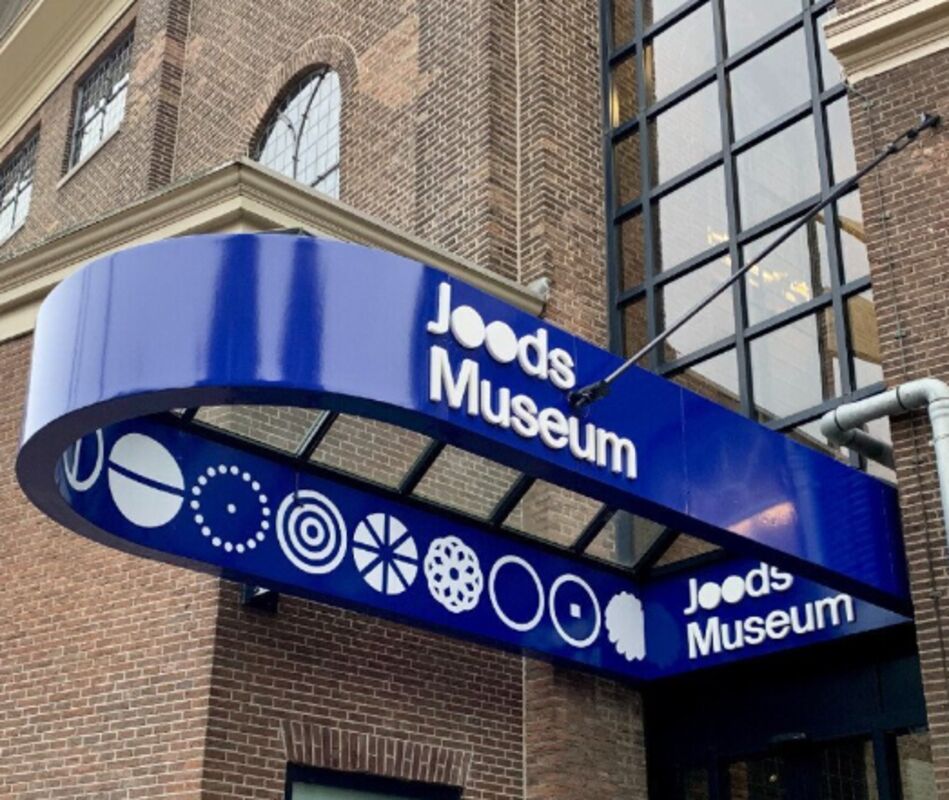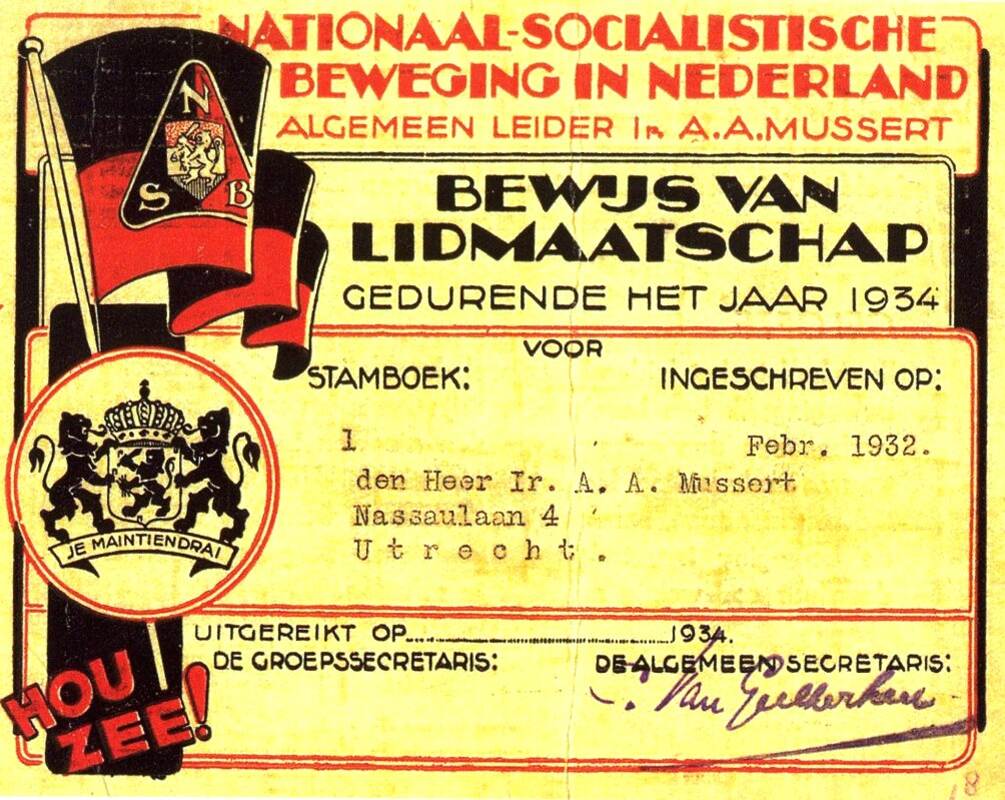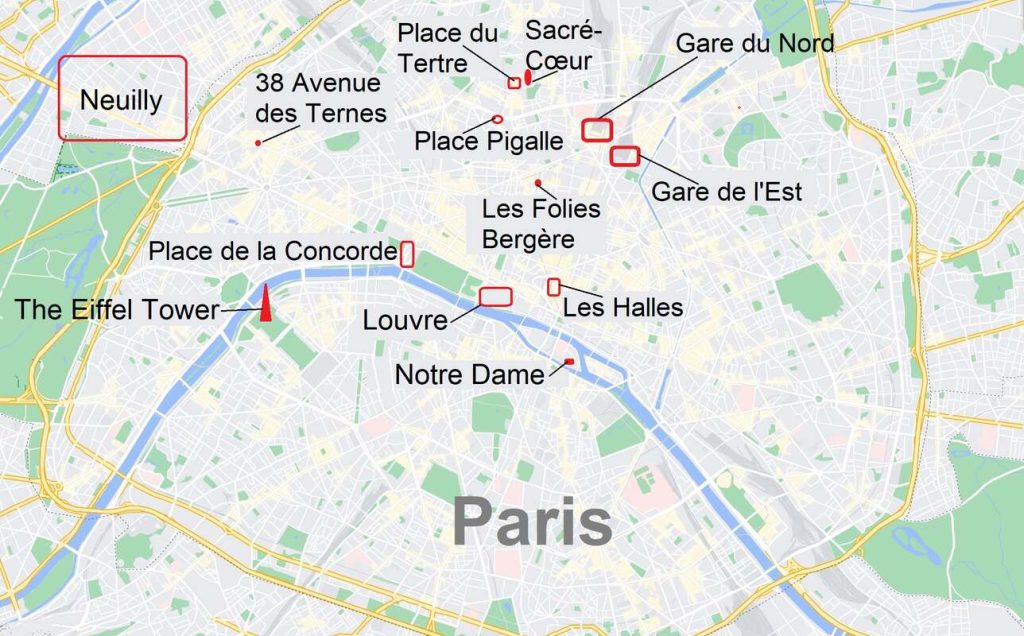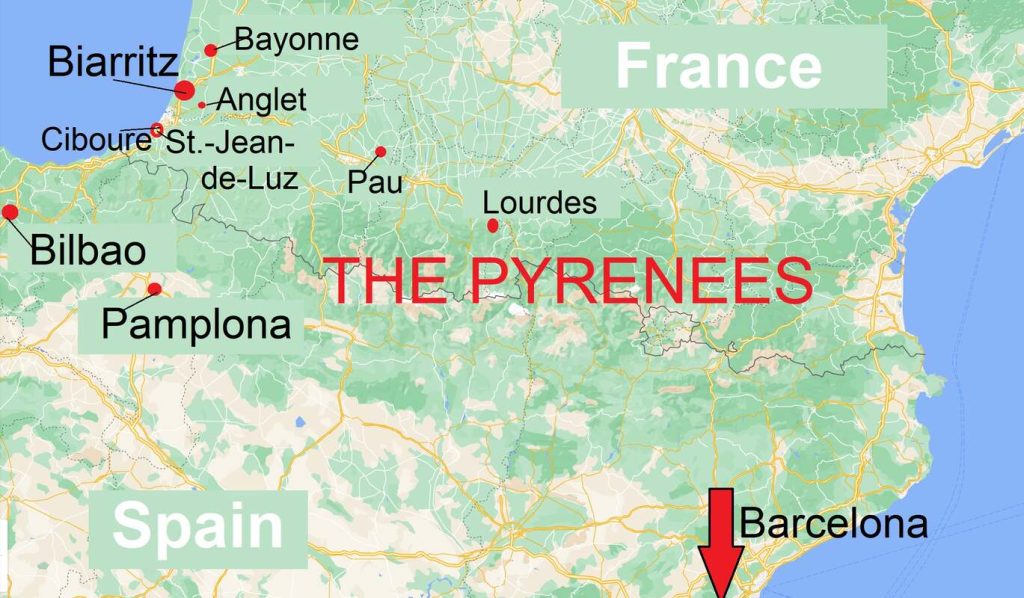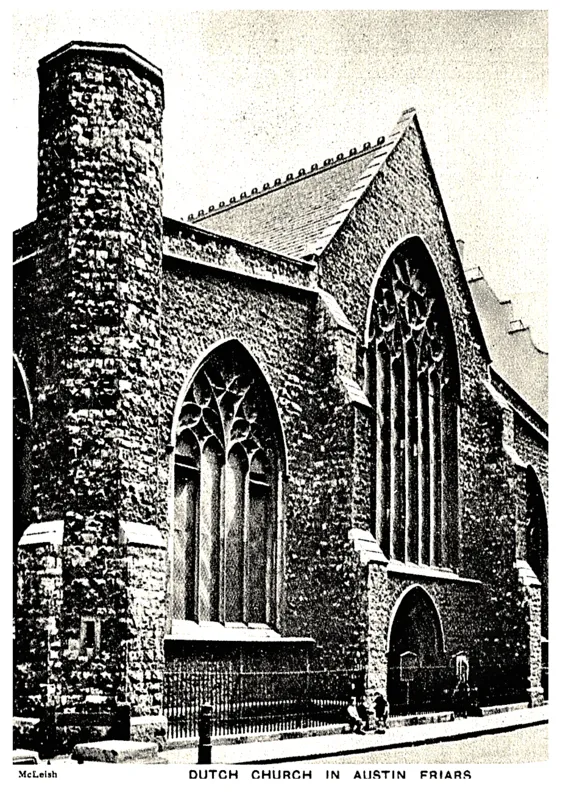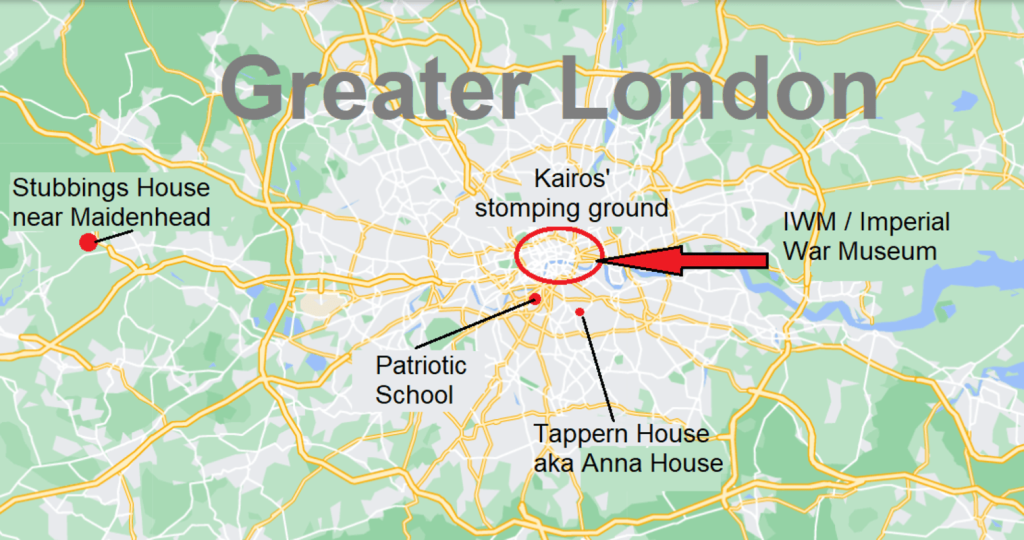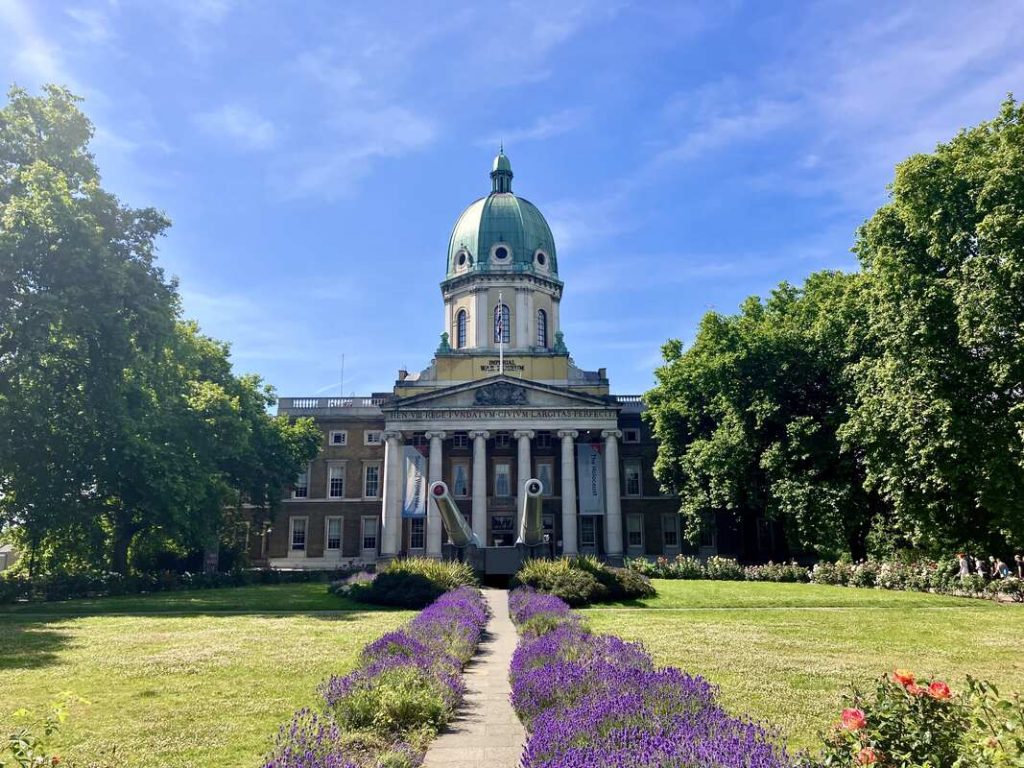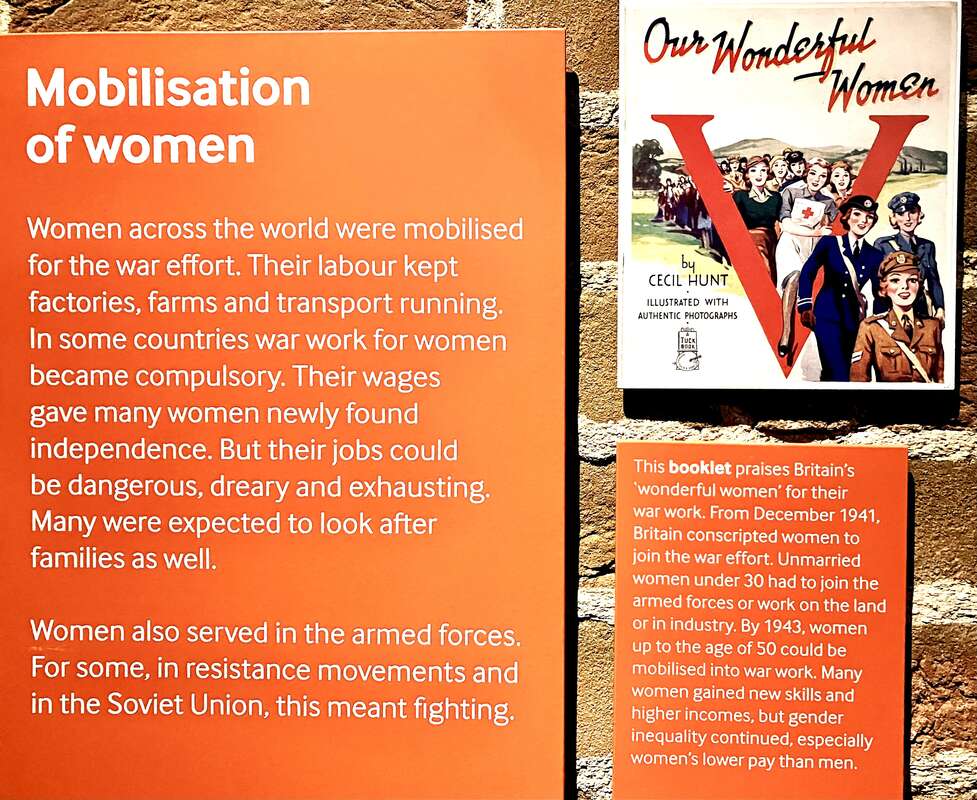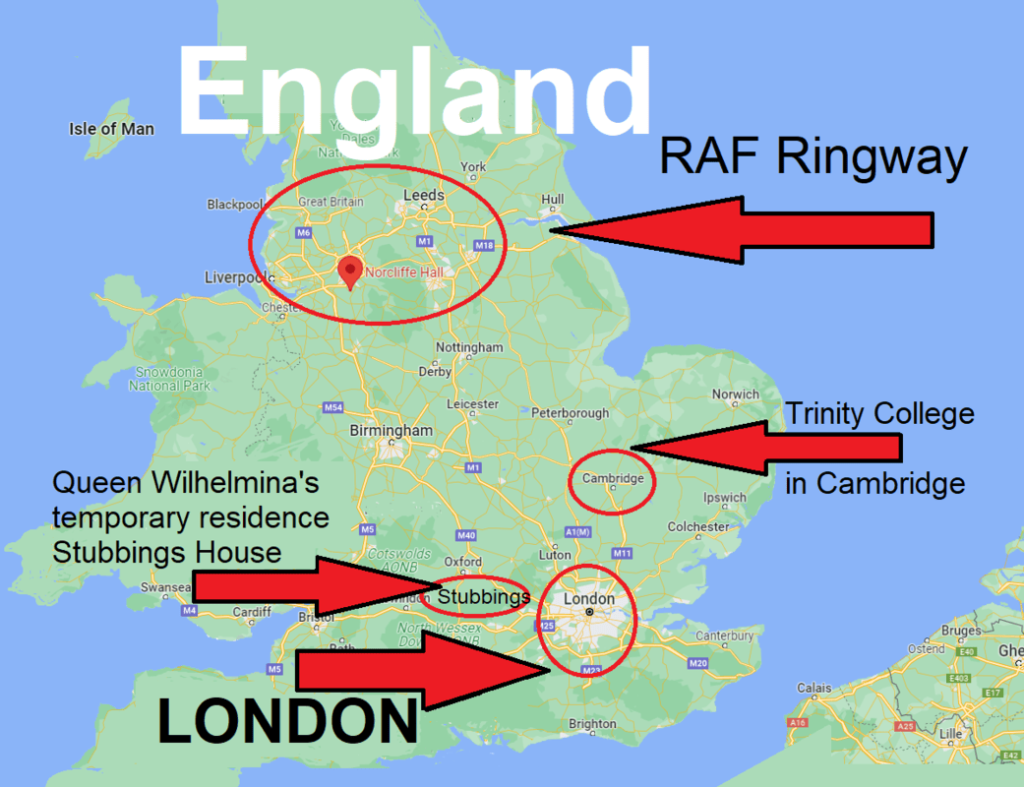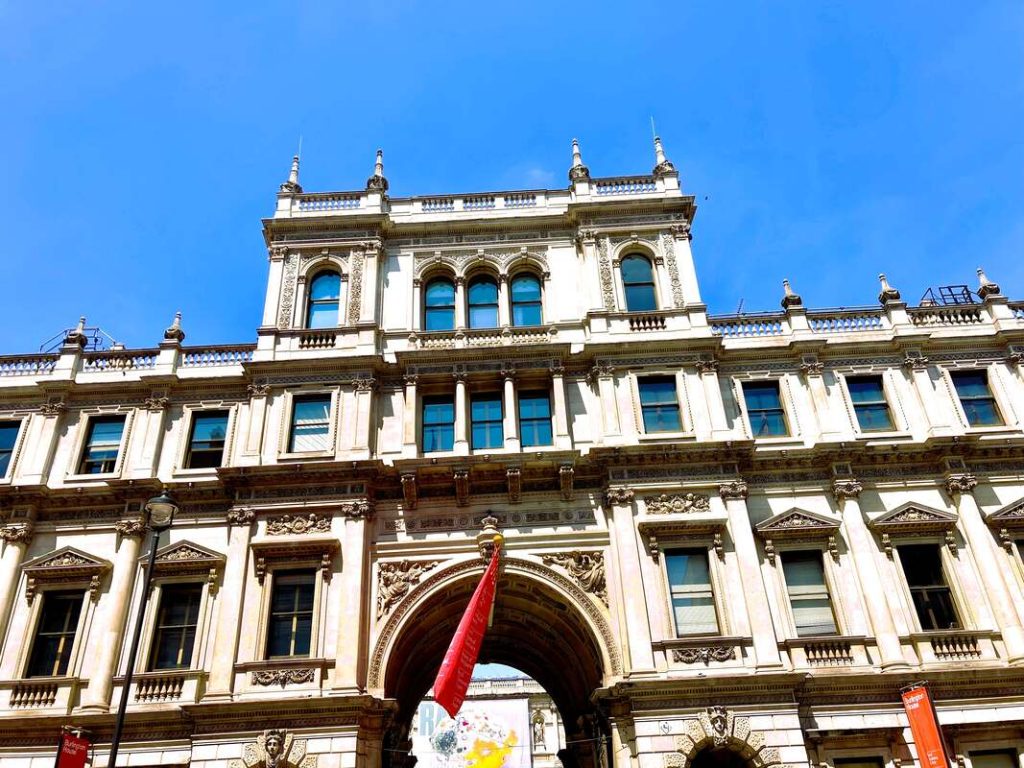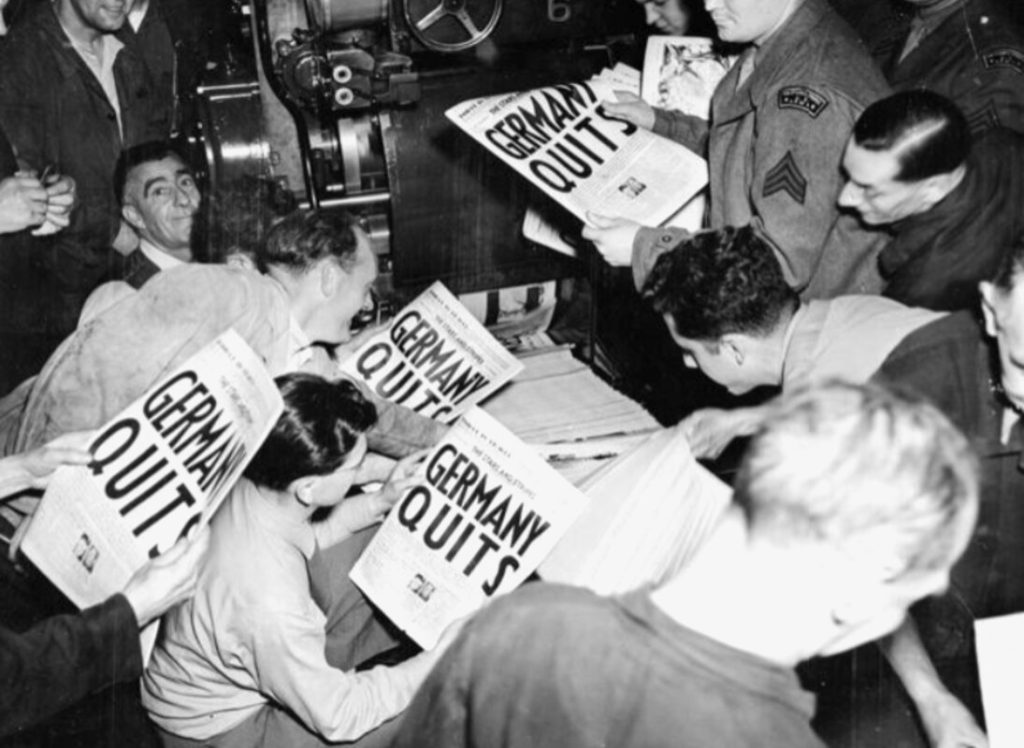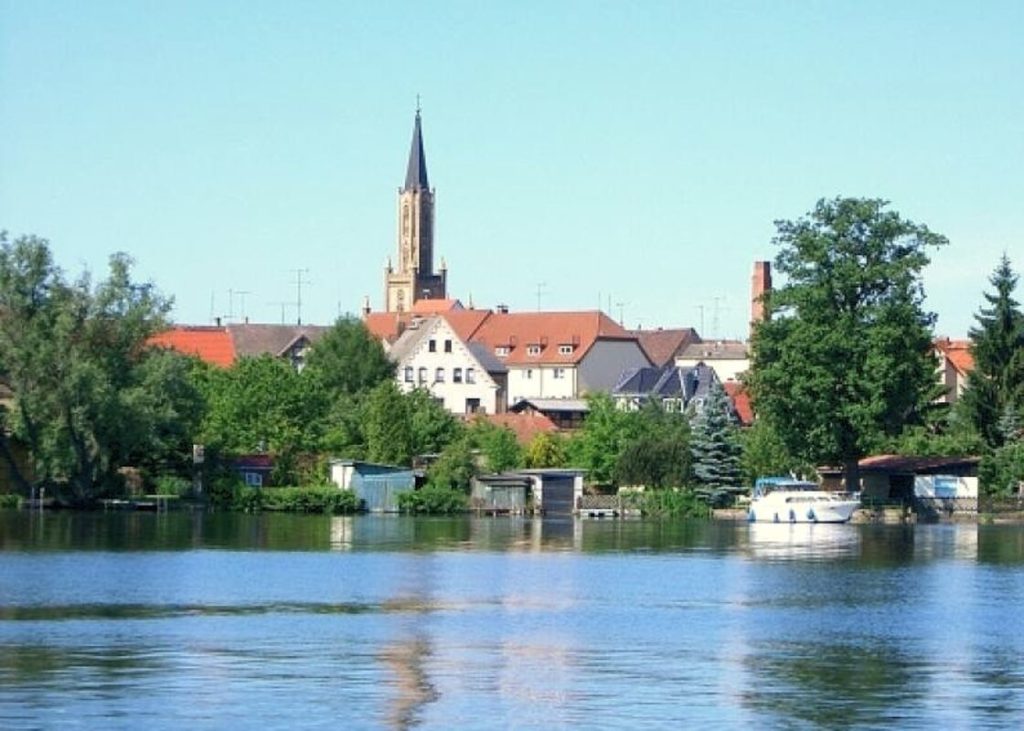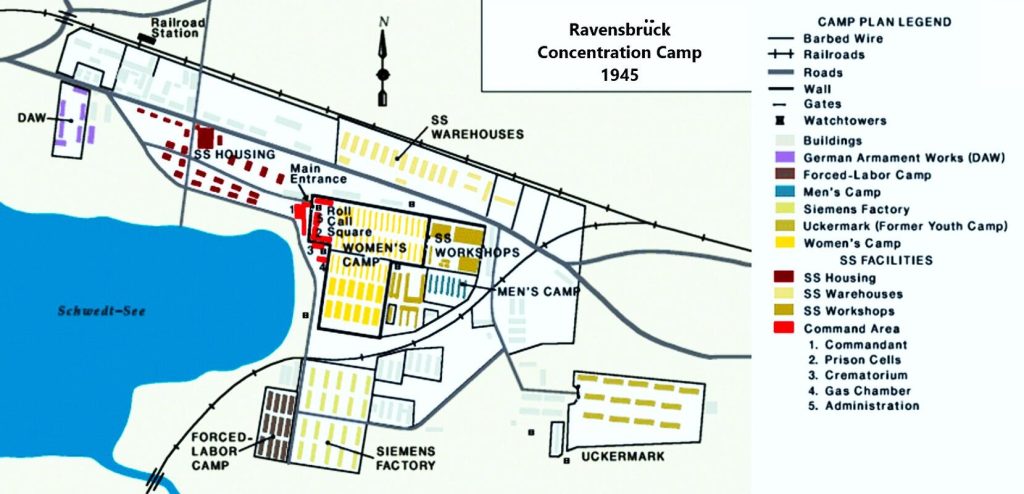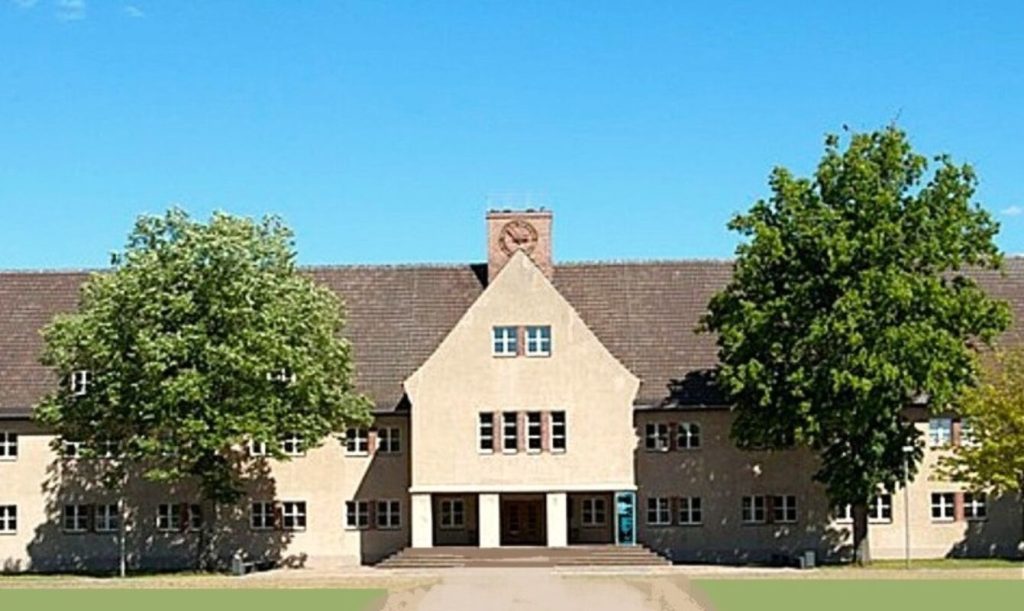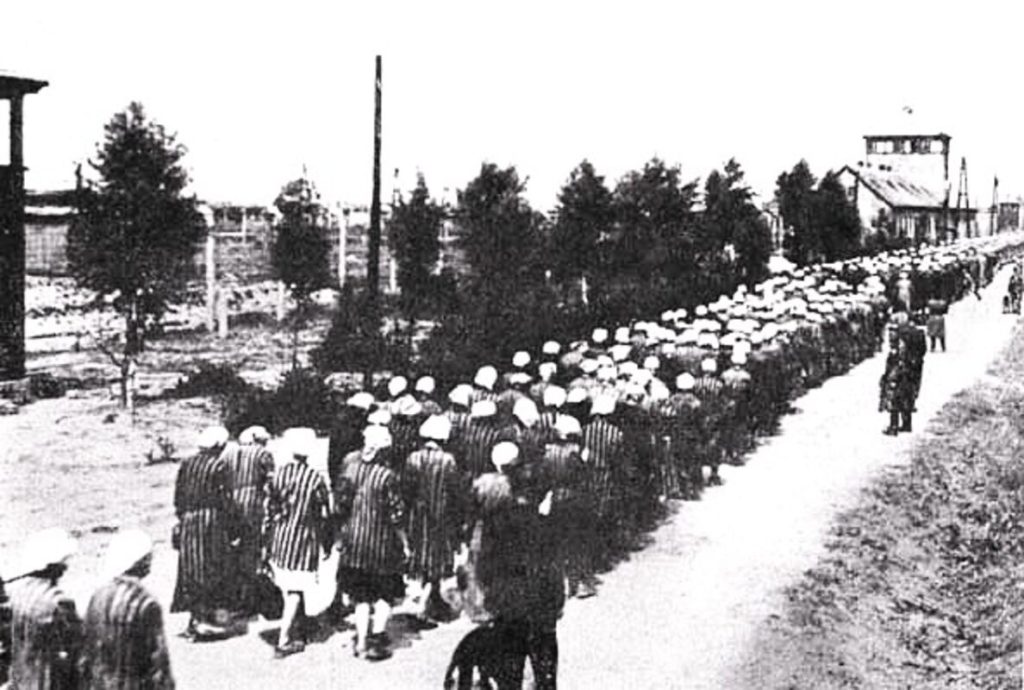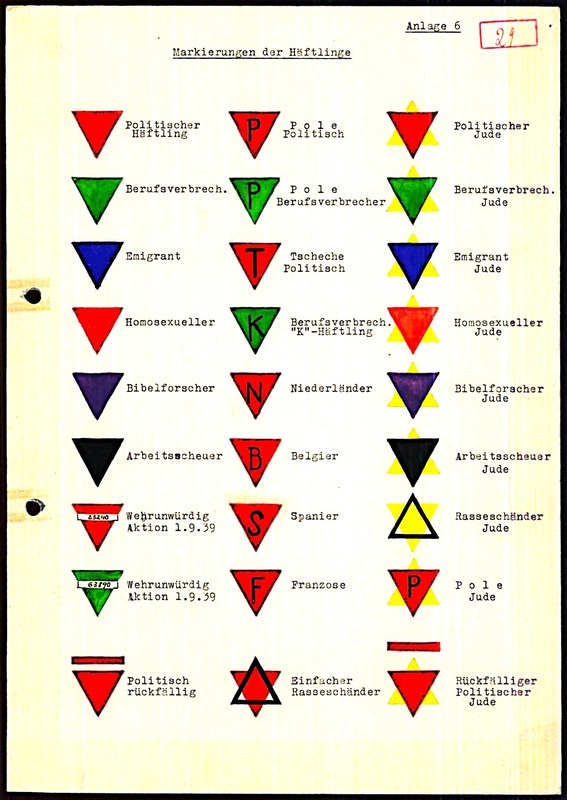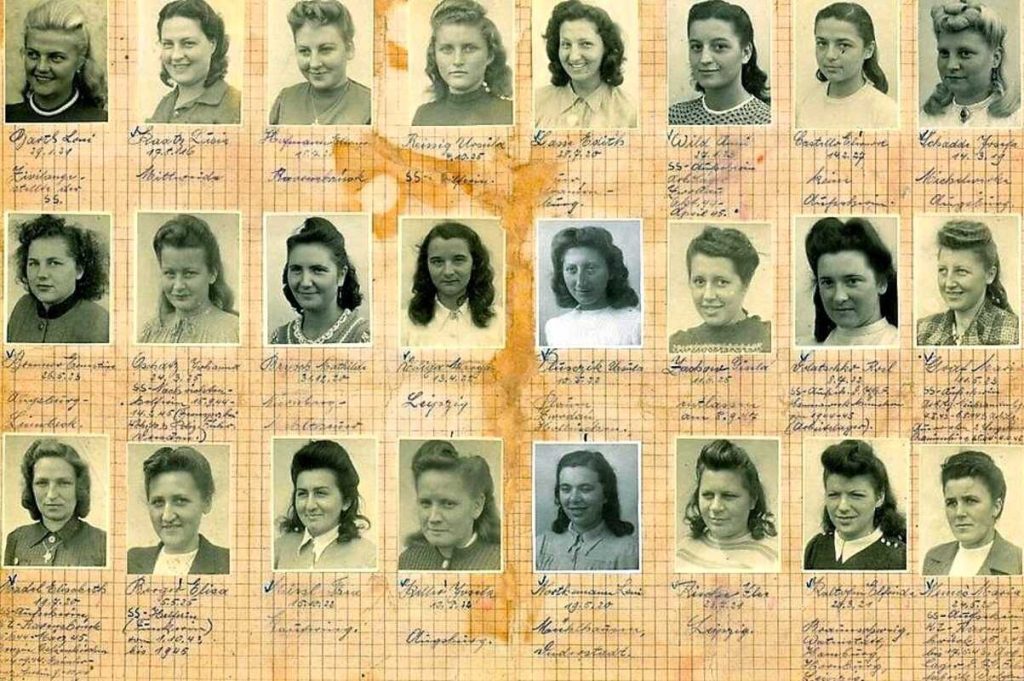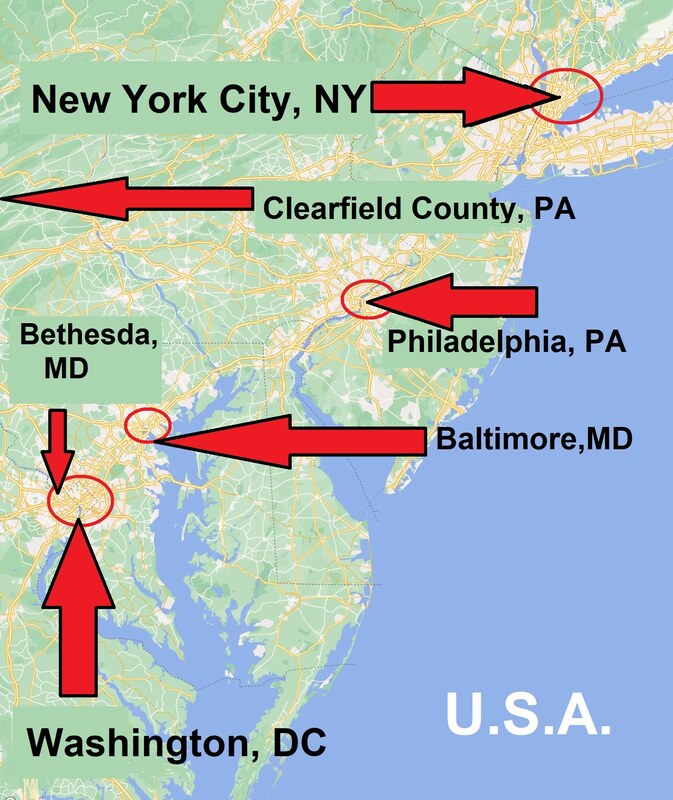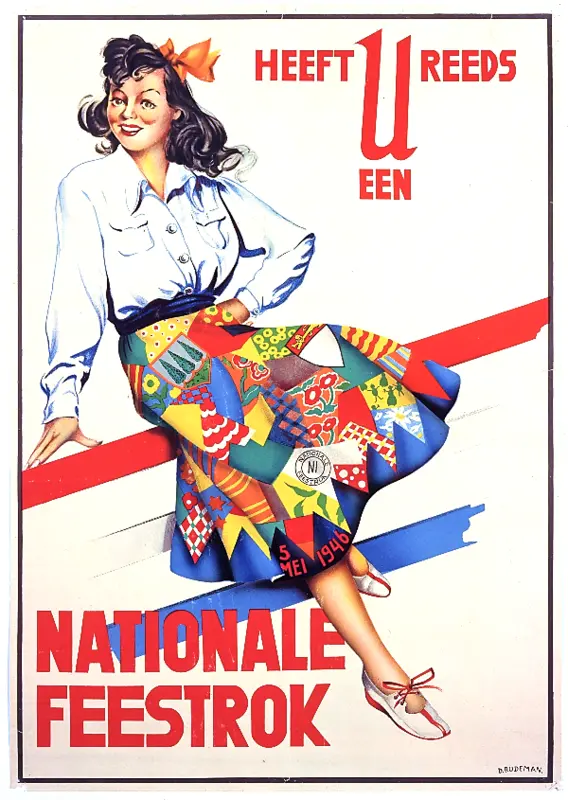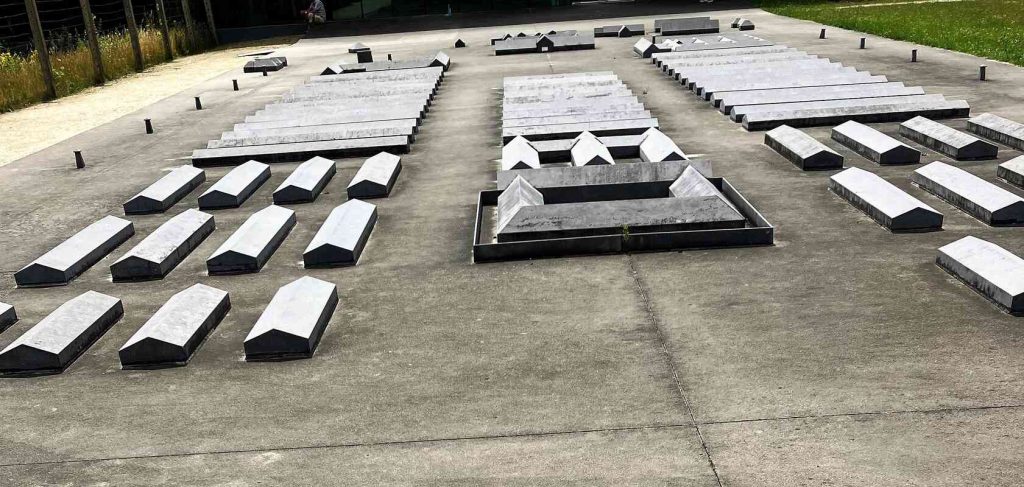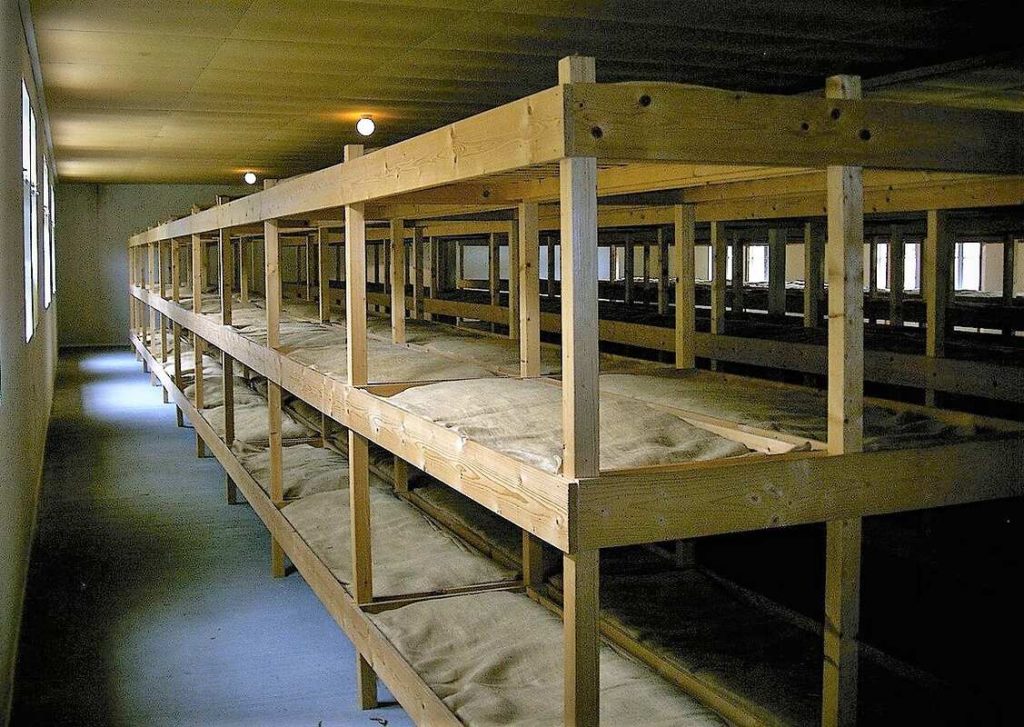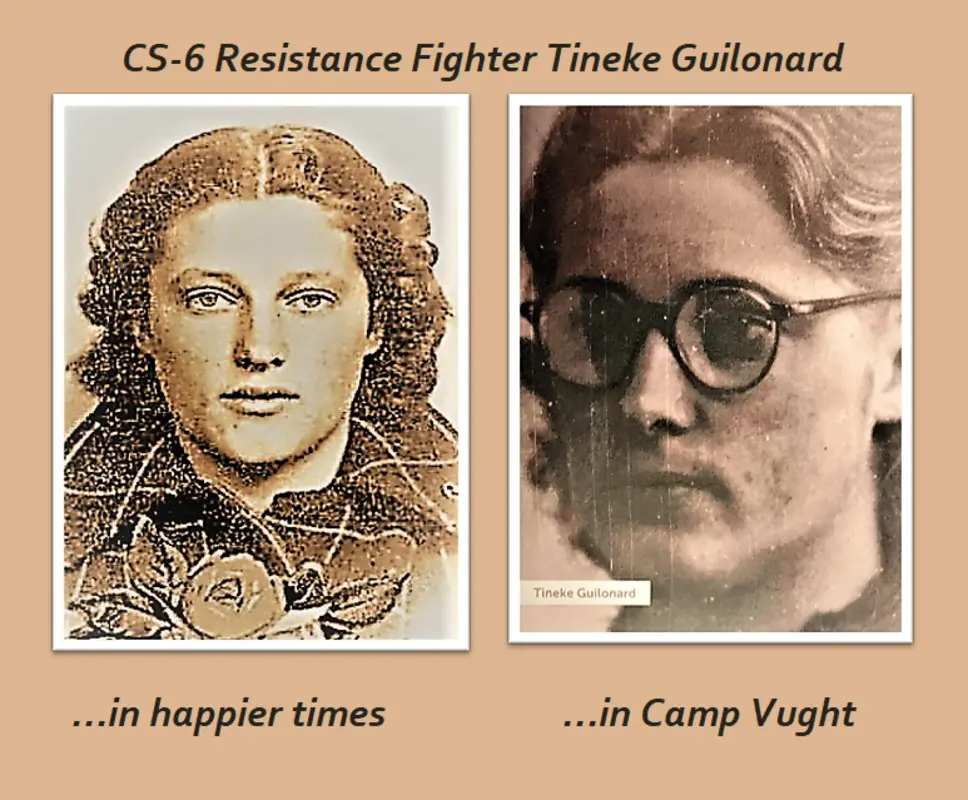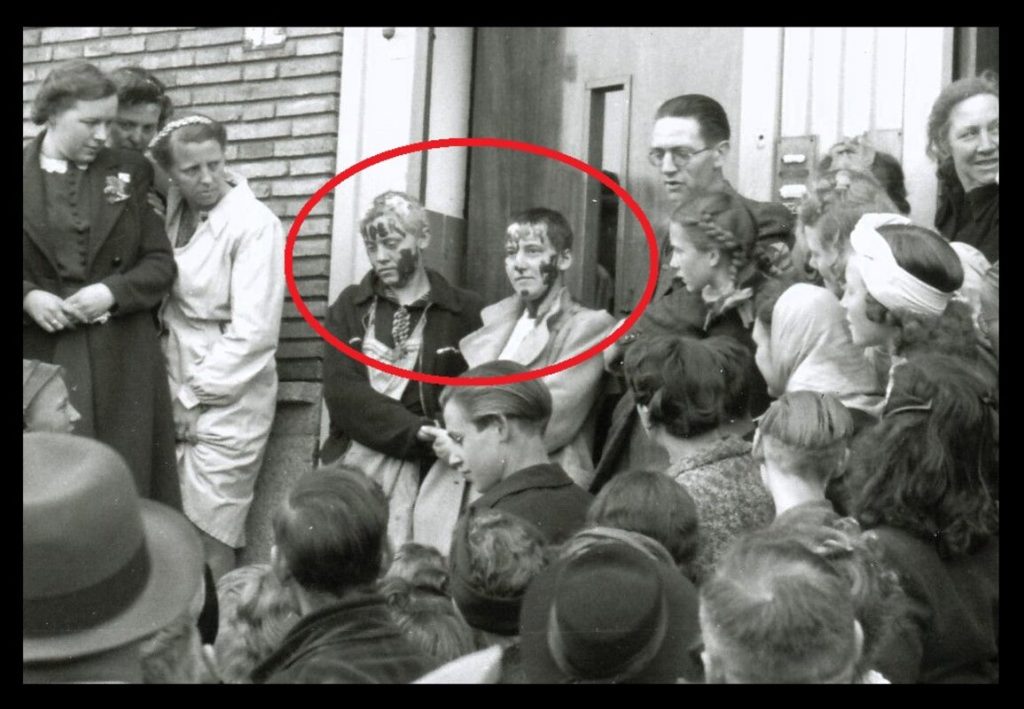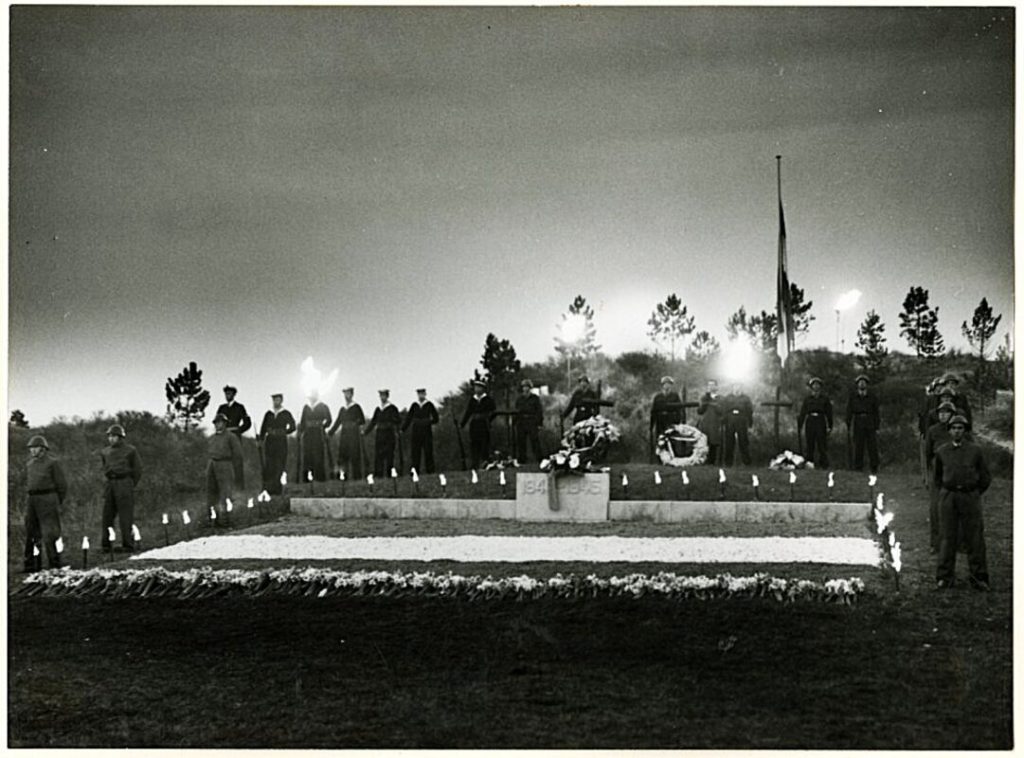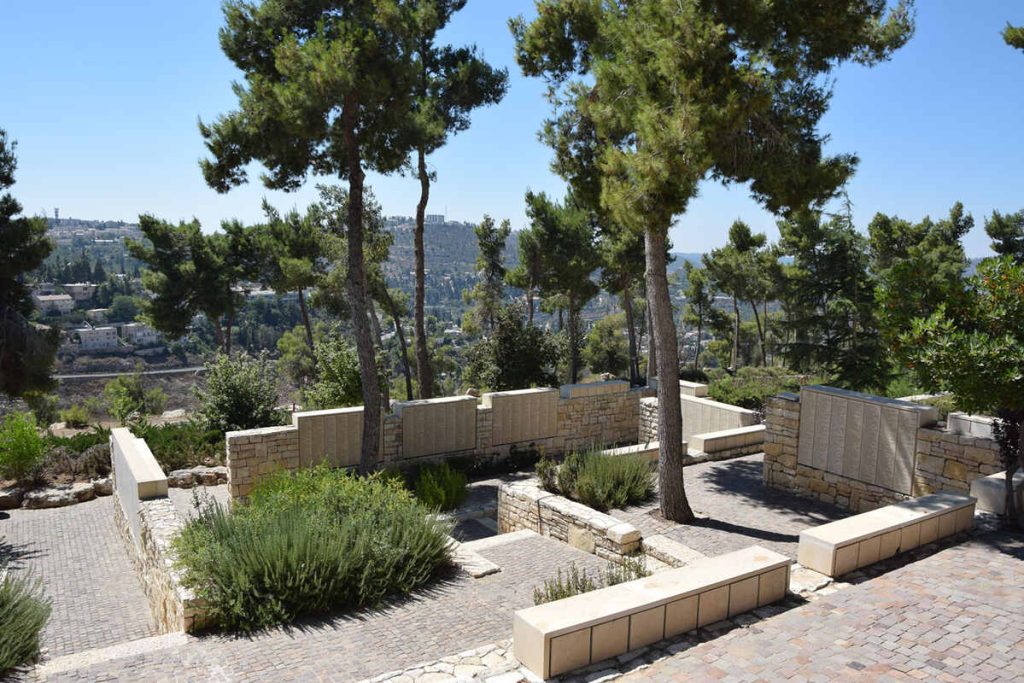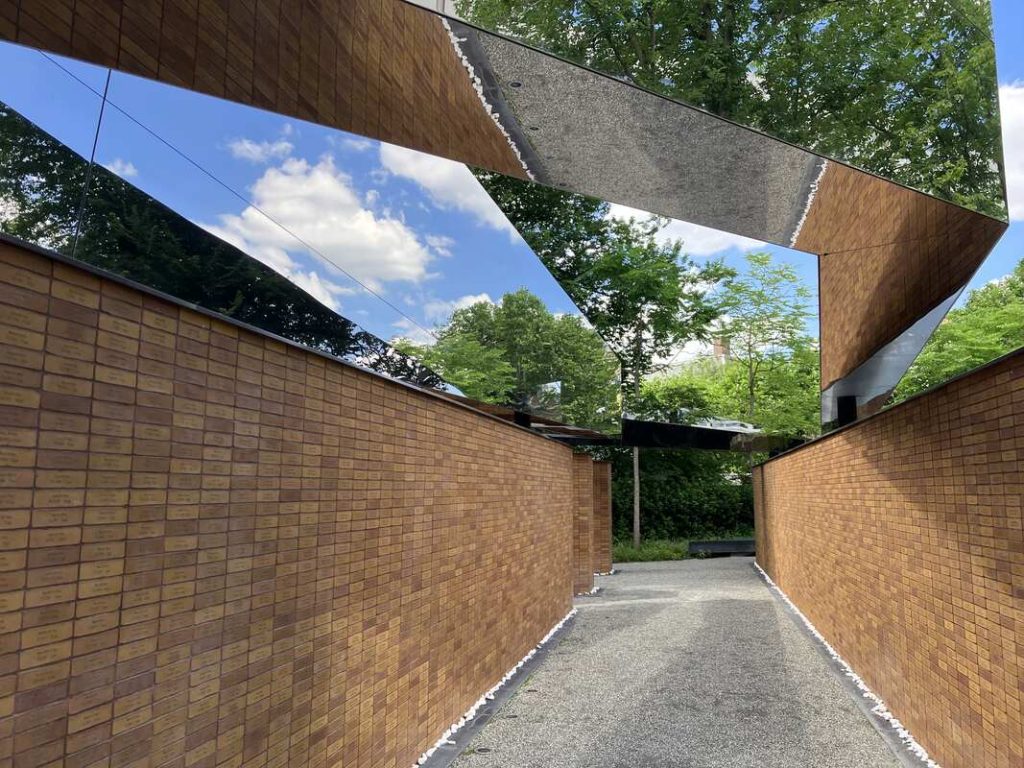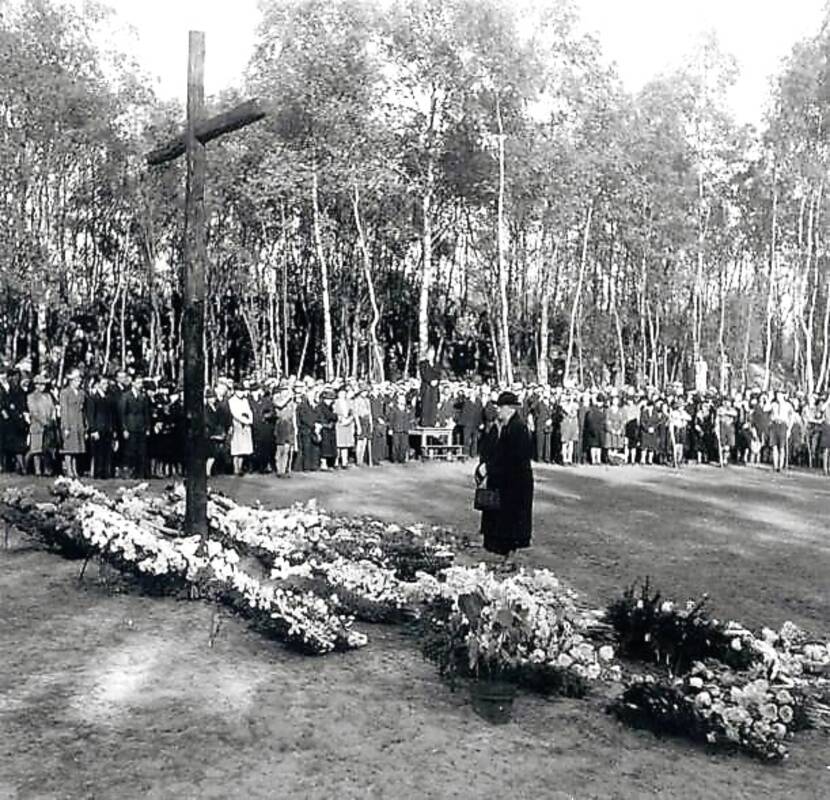MIES BOISSEVAIN – Family
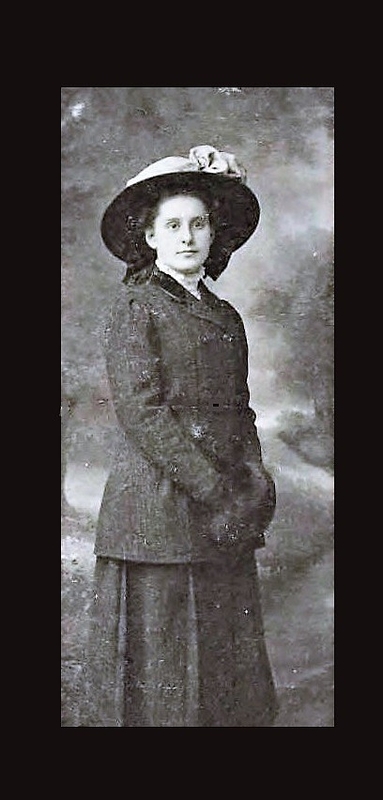
Photographer unknown
Mies Boissevain (pronounced /Mees Bwoh-sa-vayn/) was born as Mies van Lennep, the daughter of a well-to-do Amsterdam banker. As a young woman, she studied English and had some training as a nurse.
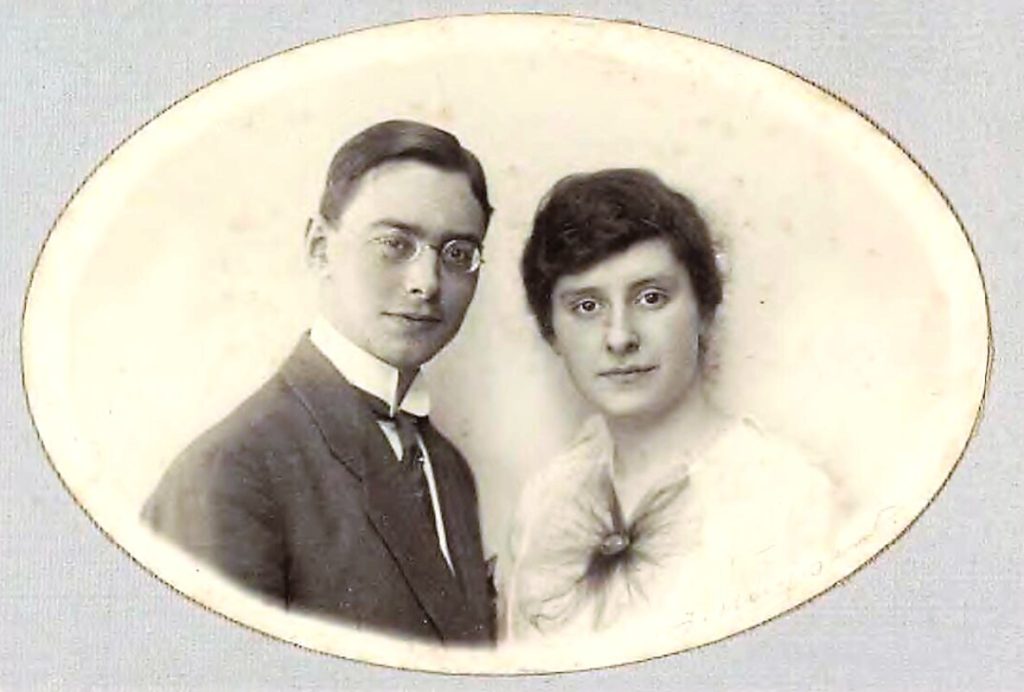
Photographer unknown
This picture of a young John (aka “Jan)” and Mies in 1917 is touching; their sincere gaze suggests how steadfast they would be during the dark times that would follow.
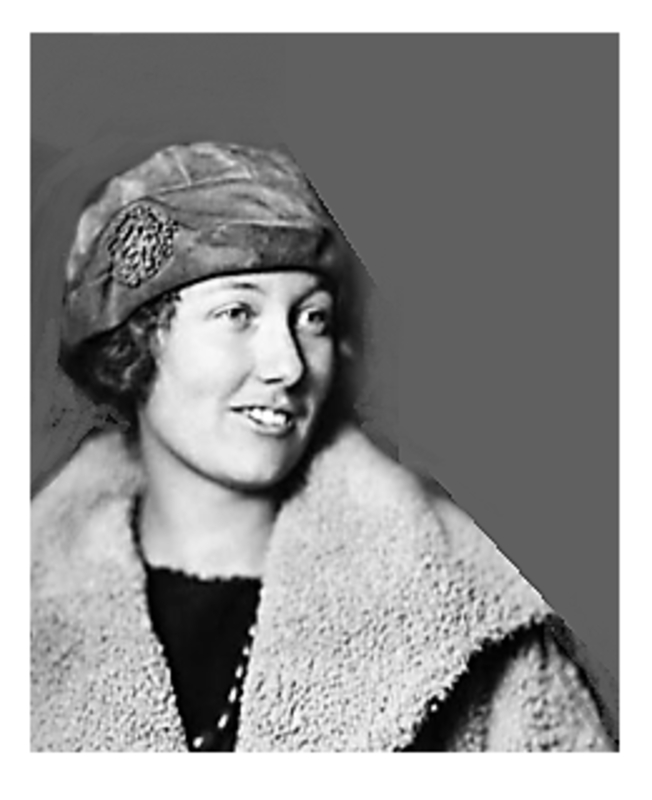
Photographer unknown
Mies’ friend “Aunt Lil” aka Willemijn Posthumus-van der Goot was a Dutch feminist, writer, and economist. Mies and “Lil” were members of the Dutch women’s movement, and protestied Minister Romme’s proposed pre-war bill to forbid married women to work outside the home. The controversy prompted Mies Boissevain to start her Skin Care Salon to prove to her husband that women could both take care of a household and work. “Aunt Lil” published a well-researched book that proved working outside the home was an economic necessity for most women.
During the war, Posthumus-van der Goot provided shelter to a Jewish child and via her friend Mies, became involved in finding foster families for Jewish children who had been smuggled out of the daycare across from the Amsterdam Holland Theatre, where Jews were gathered before their deportation. Mies initially suspected that “Aunt Lil” had created the “Scarf of many Colors” for her which inspired her so much when she was locked up in jail, but this has not been confirmed.
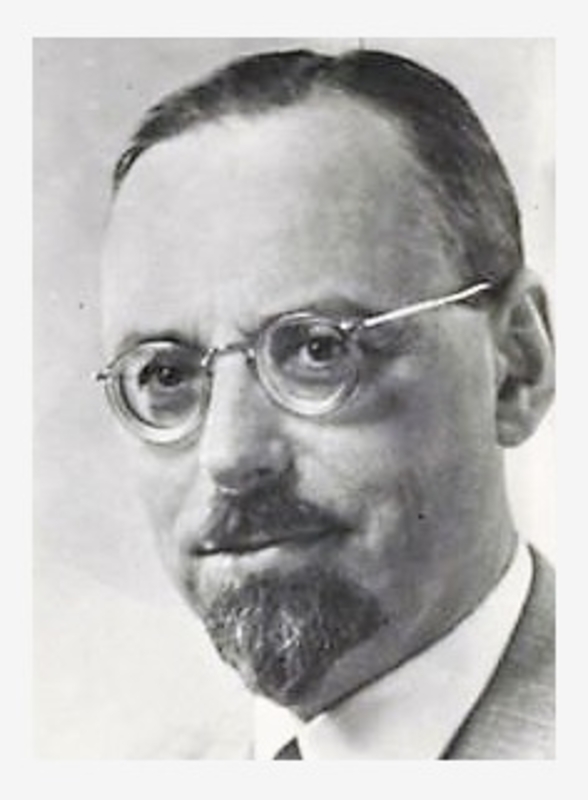
Photographer unknown
John (Jan) Boissevain, Mies’ husband was from a prominent Amsterdam family, originally from Montreal, Canada. Unlike most fathers of that day and age, he was a very engaged and hands-on father. While he was said to have a short fuse (especially concerning his wife’s feminist ambitions), he was an astute, yet highly ethical businessman with a great sense of humor, who loved his wife and children deeply. He refused to abandon his many Jewish clients, for which he was first arrested in 1941 and later again in 1943, which ultimately resulted in his death in a Buchenwald sub-camp.
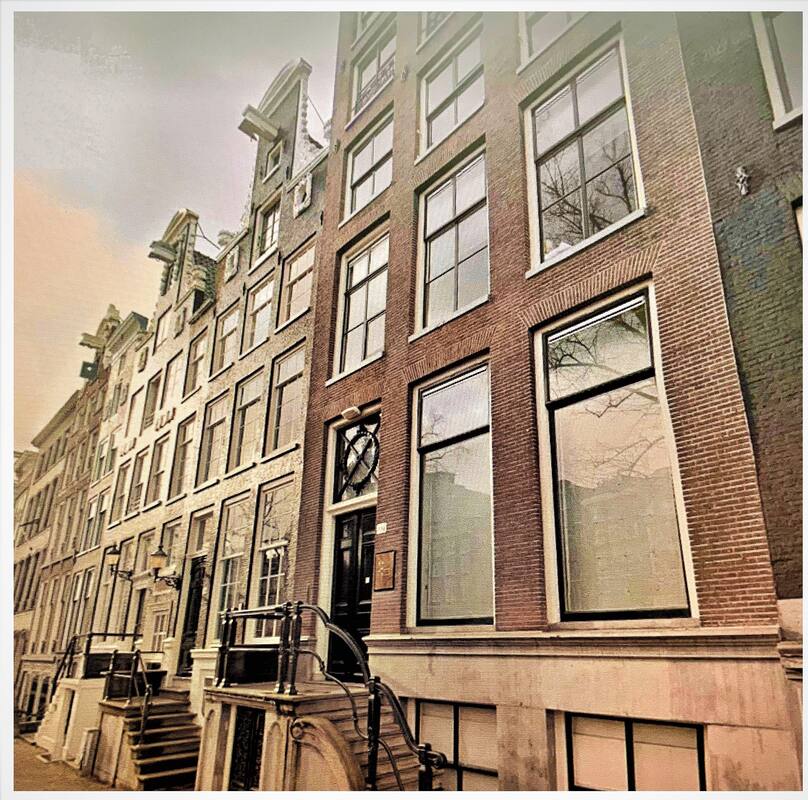
Picture credit: Jorinde
The home of the Boissevain family at Keizersgracht (pronounced /Kay-zars Ggrraght/) or “Emperor’s Canal” number 484 was a grand, old edifice with a large, finished basement, a marble foyer and hallways, and various parlors and salons. There was enough space for husband John’s office, for Mies’ Skincare Salon, and for bedrooms for their two daughters, three sons, a foster son, and servants. Before the Nazis invaded Holland, John Boissevain anticipated what would happen, and had the family move to a much humbler abode at Corelli Street#6, where his sons would start the militant Resistance organization CS-6.
In the 1930s, the Emperors’ Canal area was where the rich, elite lived, of whom many were Jewish: https://www.joodsamsterdam.nl/keizersgracht/
During that time, advances in skin care prompted Mies to develop her concept of health and beauty: https://www.cosmeticsandskin.com/companies/rose-laird.php
https://www.cosmeticsandskin.com/efe/women.php
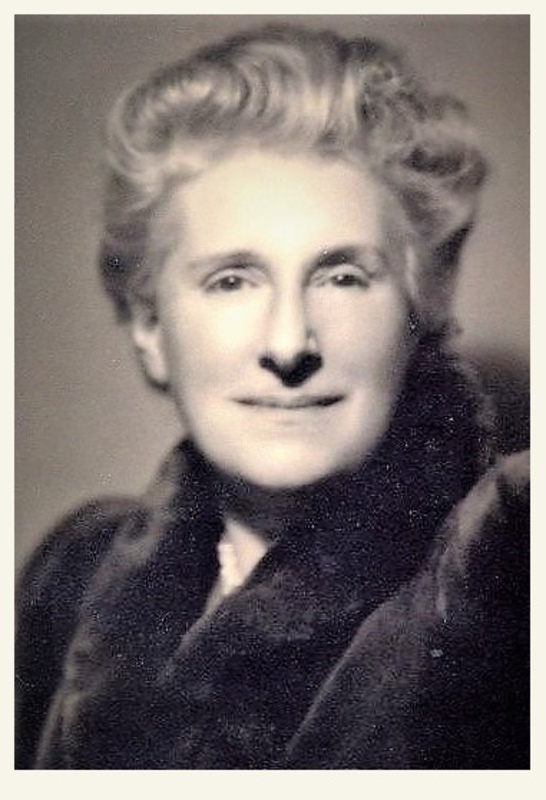
Photographers unknown
Feminist and beautician Mies Boissevain would survive Concentration Camp Vught as well as Ravensbrück and promoted the “National Liberation Skirt. ”She was known for her strength, can-do attitude, cheerful disposition, feminist leanings, and enormous capacity for empathy. The last Ravensbrück trial took place in East Germany while Mies was battling cancer and passed away on February 18, 1965. At her funeral service on Wednesday February 24, 1965, the main sermon was titled “Say ‘yes’ to life!” Not long before Mies passed away, she said that she had suffered a lot of sadness, yet wouldn’t want to miss a single moment of her life.
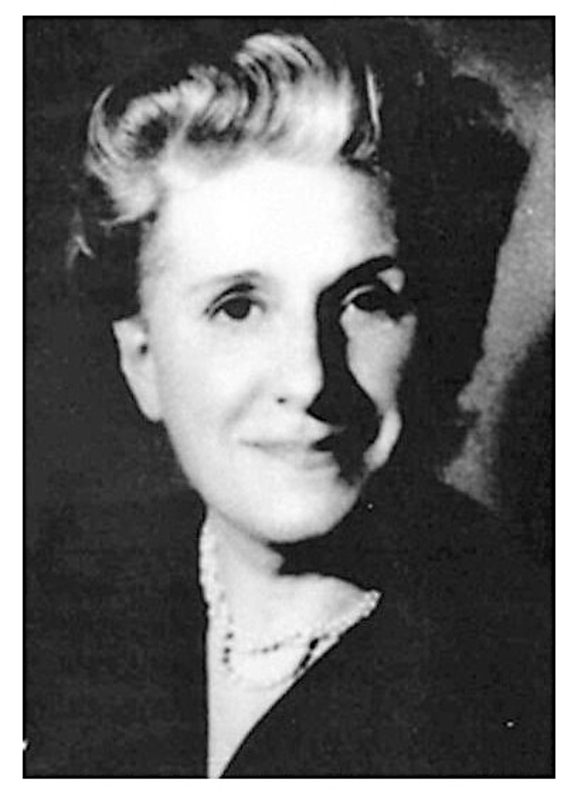
Fact or Fiction: Except for the feelings, dialogues, and interactions with the few fictitious characters (Lettie Keizer, Edeline Adler, and Anne-Sophie Romijn) all details are as factual as possible-Including how she tried to reason with the enemy invading her house, the effect of the multi-colored scarf, and how she inspired (young) women to stay strong and sane in the camps as well as in the train. The details are gleaned from interviews, archives, newspaper articles etc. Mies’ interactions with Truus Wijsmuller and her own relatives (including her foster son, the famous violinist Theo Olof) are real.
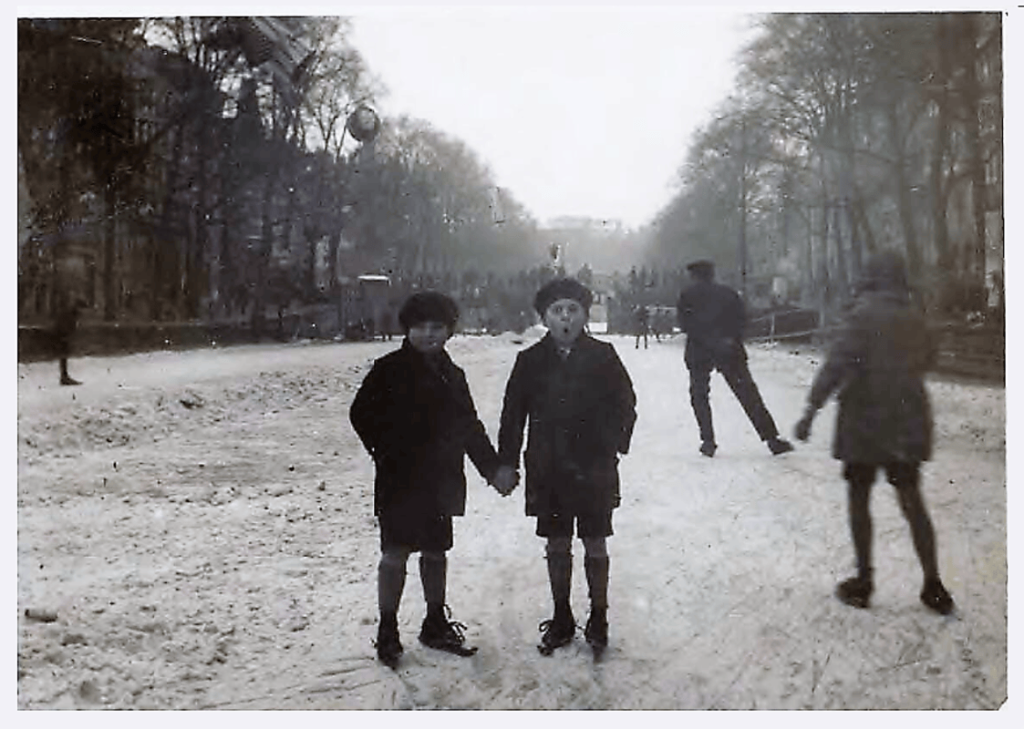
Photographer unknown
This picture of the young Boissevain sons, G. and “Janka” (pronounced /Yan-ku/), shows what skating on the canals is like. My mother who was a student in Amsterdam not long after the war has similar pictures of skating on the canals. Just like the Boissevain sons and Kairos, virtually all Dutch people grow up ice skating and cycling.
I fondly remember gym class when it was freezing; escorted by our teachers, we High School students cycled downtown to the Municipal Park where everyone skated on the frozen ponds. No school buses, permission slips, or extra parental supervision required; that was just what we were supposed to do, and most of us loved it!
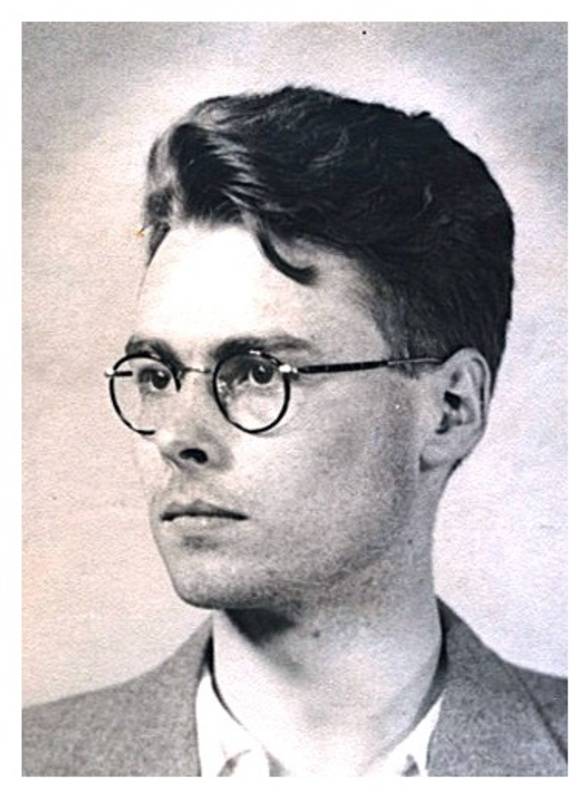
Picture credit:
Resistance Museum Amsterdam
When the war broke out, Janka and G. tried to escape to England on a raft made of tied-together barrels. Because they did not succeed, they became involved and possibly leaders of CS-6 the militant Resistance group that is said to have taken its name from their home address; “Corelli Street 6.”
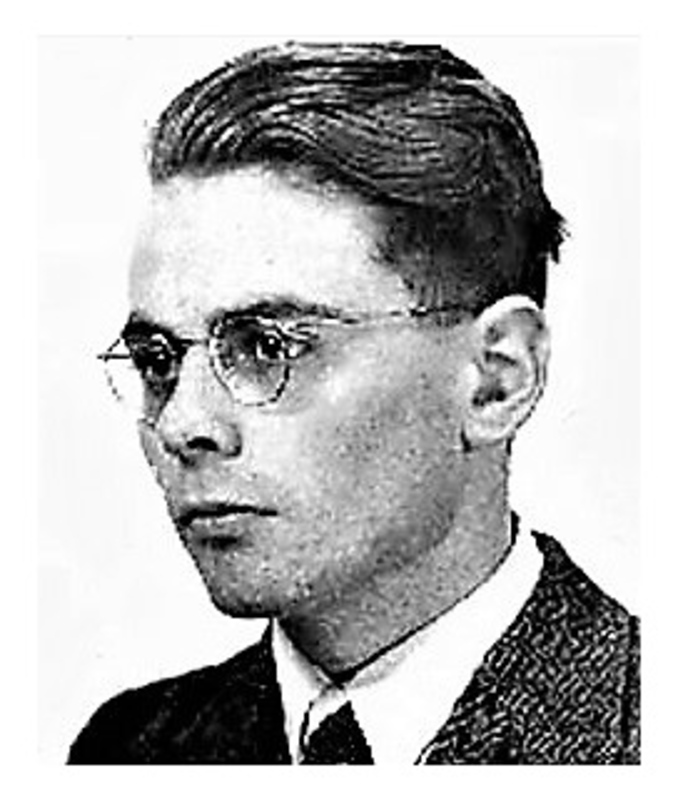
Photographer unknown
Janka, who was a year older than his brother G, was a student at a technical school and worked for the only Dutch telephone company. While he started out just wiring the home phones so that they could listen to “Radio Orange” over the phone, he soon stared more daring endeavors… In a hidden area in the basement of the Corelli Street 6 house, he started building bombs. Much later after the war when the house was about to be sold, so many explosives were found that the entire block could have been “blown to Kingdom come” the newspaper article claimed.
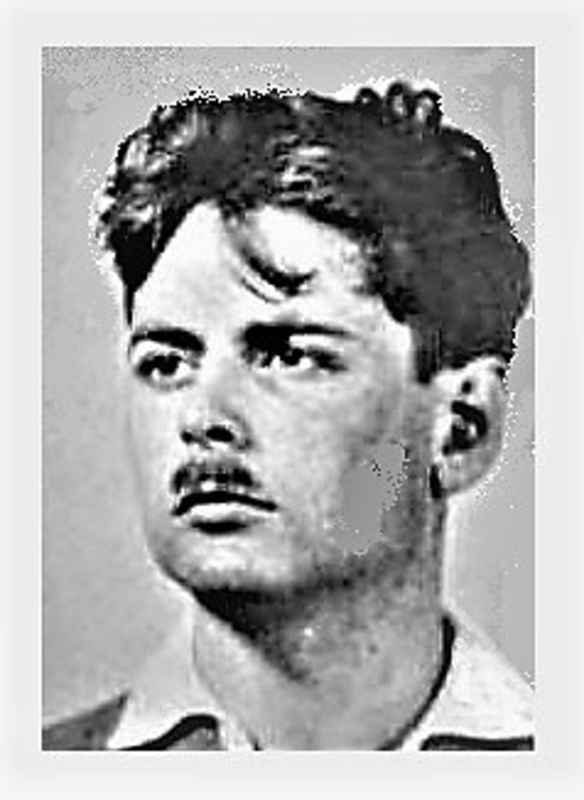
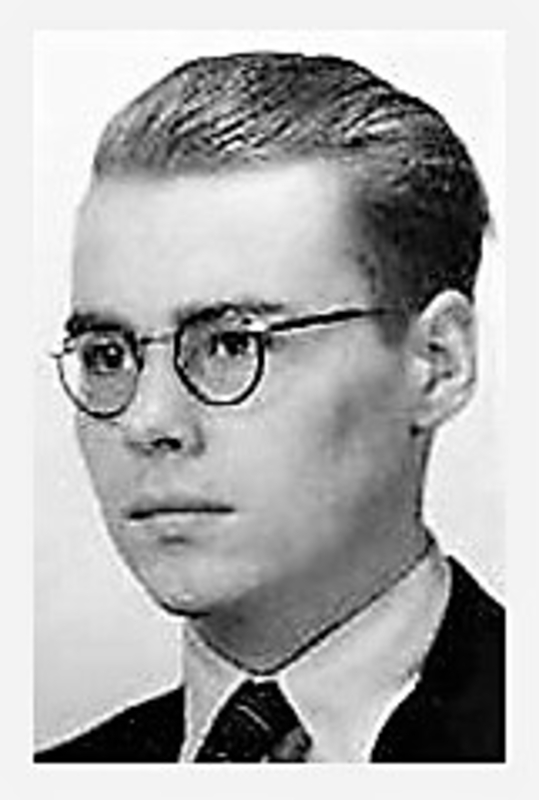
Picture credit: NIOD
Like his father, Gideon was in insurance when the war broke out. However, with his brother Janka and second cousin Louis, he got involved in militant Resistance Organization CS-6. Notice that the boys would frequently ask their mother for left-over hair dye from her former beauty parlor to help them disguise. Still, G, Janka, and Louis were all arrested and executed in 1943.
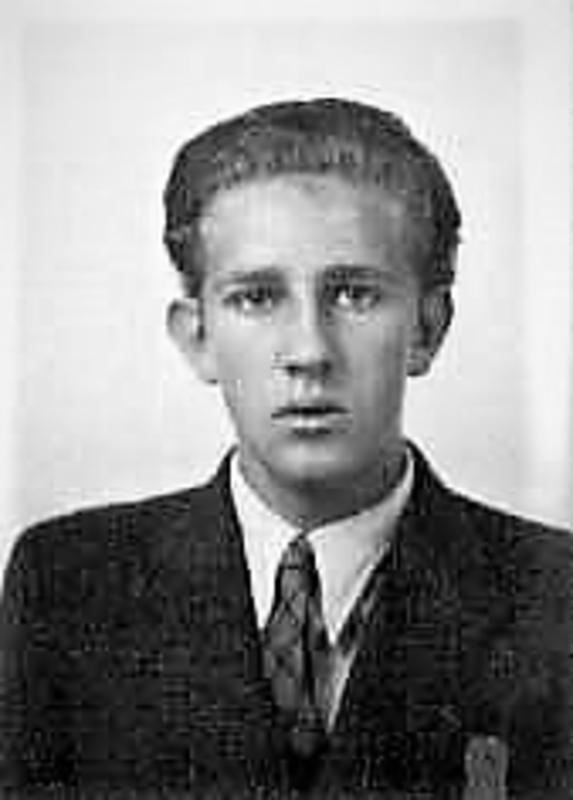
Photographers unknown
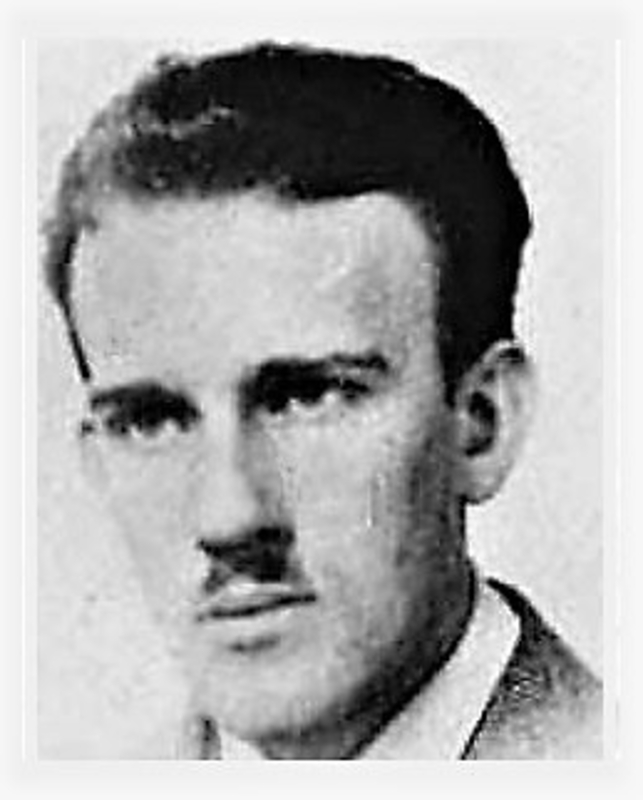
The more heinous the crimes against Amsterdam Jews became, the more militant CS-6 became, setting fire to a pro-Nazi theatre, blowing up a railroad, and helping bomb the Civil Registry (in an attempt to make it harder for Nazis to target Jews). When they started liquidating high-ranking Dutch collaborators, most of them got caught and were killed.
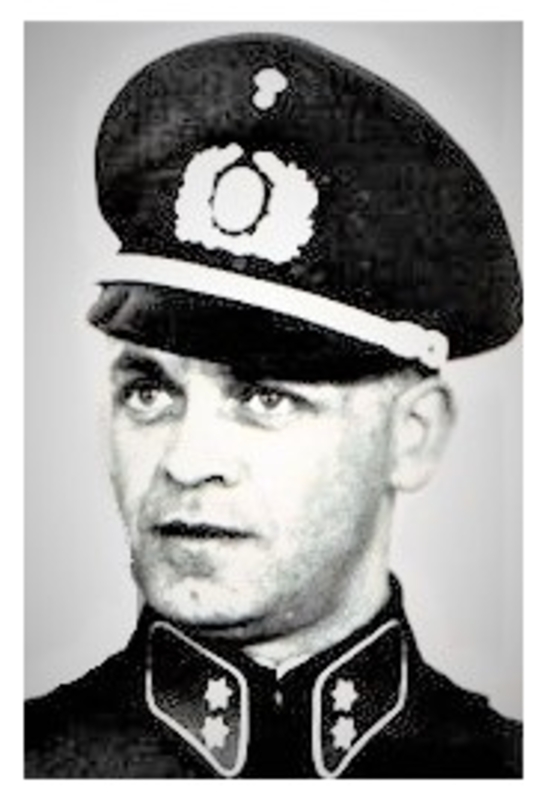
Photographer unknown
Along with Reina Prinsen Geerlings, Louis is said to have killed pro-Nazi Inspector of Police Pieter Kaay. While his sister Thea survived Camp Ravensbrück with Aunt Mies, Louis was executed on October 1, 1943 with G. and Janka. Mies’ adopted son, famous violinist Theo Olof (who was not in CS-6) survived the war.
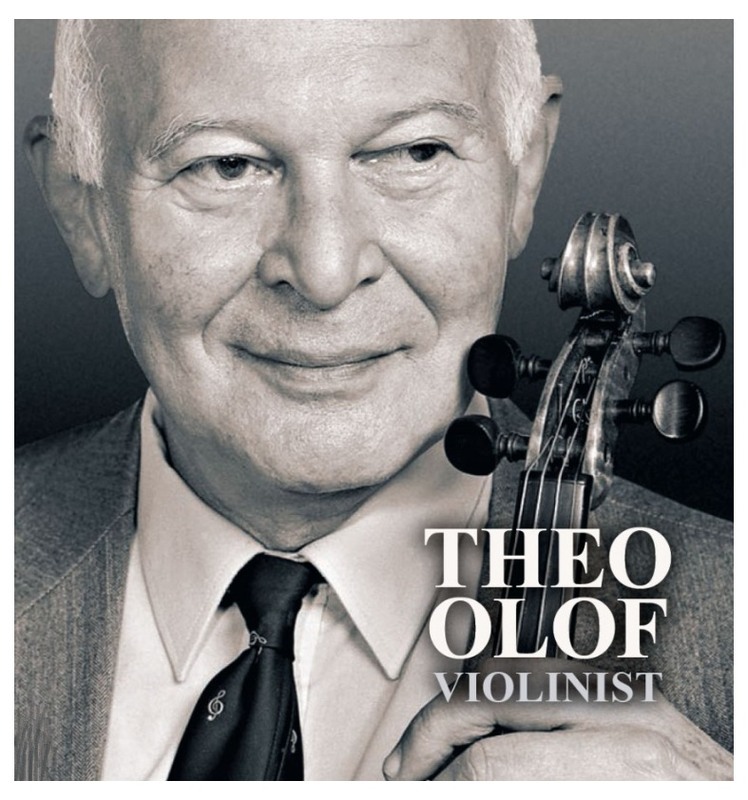
As seen on One of his CDs
In 1933, celebrity violin teacher Oskar Back introduced his German refugee protégé, Theo Olof, to his friend, Mies Boissevain. Wanting to help this prodigy, Mies invited Theo to come live with her family in the large house at Emperor’s Canal #484, where he got along well with her children and flourished; at the age of eleven, the little Jewish refugee made his debut with the Concertgebouw Orchestra directed by Bruno Walter. Theo Olof played Mendelssohn’s Concerto in E minor, which in Kairos is the concert that Mies Boissevain keeps hearing in her head as she is delirious in Ravensbrück.
When staying in Holland became too dangerous, Theo Olof tried to reach neutral Switzerland, but ended up in Brussels, Belgium, where he went into hiding. Thanks to Mies’ connections, Olof survived the war, but his father died in Auschwitz and his mother in Sobibór. After the war, when houses were scarce, he lived once more in Amsterdam with Mies Boissevain’s family for a while. Theo Olof went on to become a famous recording artist as well as co-concert master of the Amsterdam Royal Concertgebouw Orchestra and the philharmonic of The Hague.
* * * * *
The Boissevains as well as the Wijsmullers were devout Christians, but had many Jewish friends and business partners. They were a part of the ultra-liberal Mennonite congregation of the 17th-century church on the Singel Canal, whose ministers were also active Resistance workers.
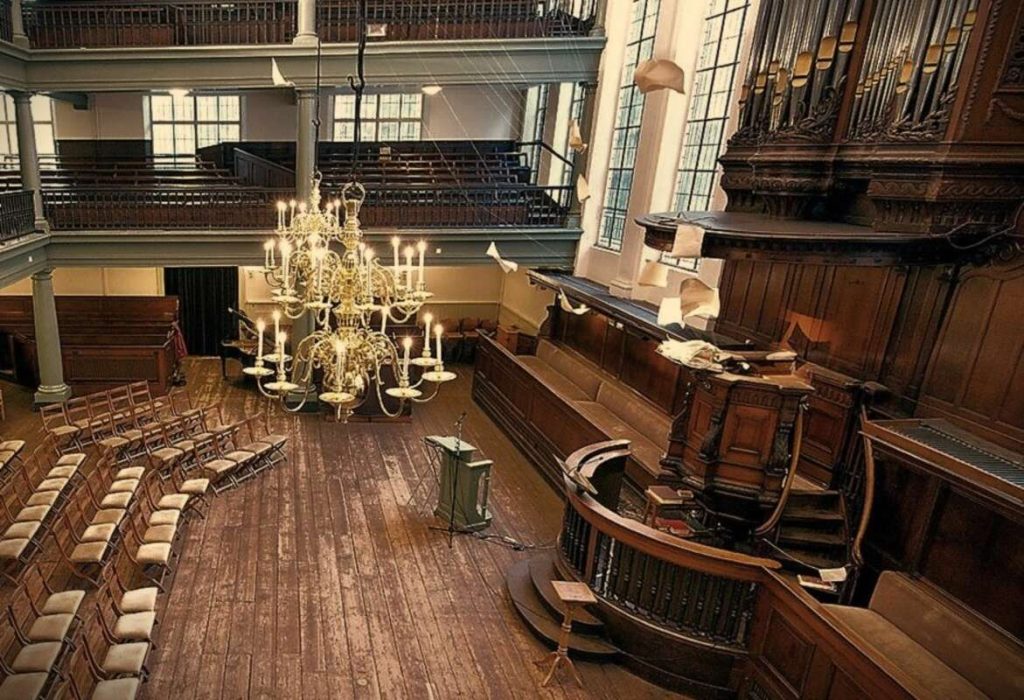
Photographer unknown
Unlike the perhaps more prominent ultra-conservative branch, the Amsterdam Mennonites have always been ahead of their time; they were not only the first denomination in the Netherlands to ordain a woman as minister (in 1911), but in 1986 they also performed the first gay marriage (while Holland, the first country in the world to adopt gay marriage, did not legalize it until 2001). It is not surprising that Truus Wijsmuller and Mies Boissevain were involved in fighting for human rights at least a decade before the war started.
similar galleries
discover
JOIN MY NEWSLETTER
To receive announcements about new blogs, images, essays, lectures, and novels, please sign up.




